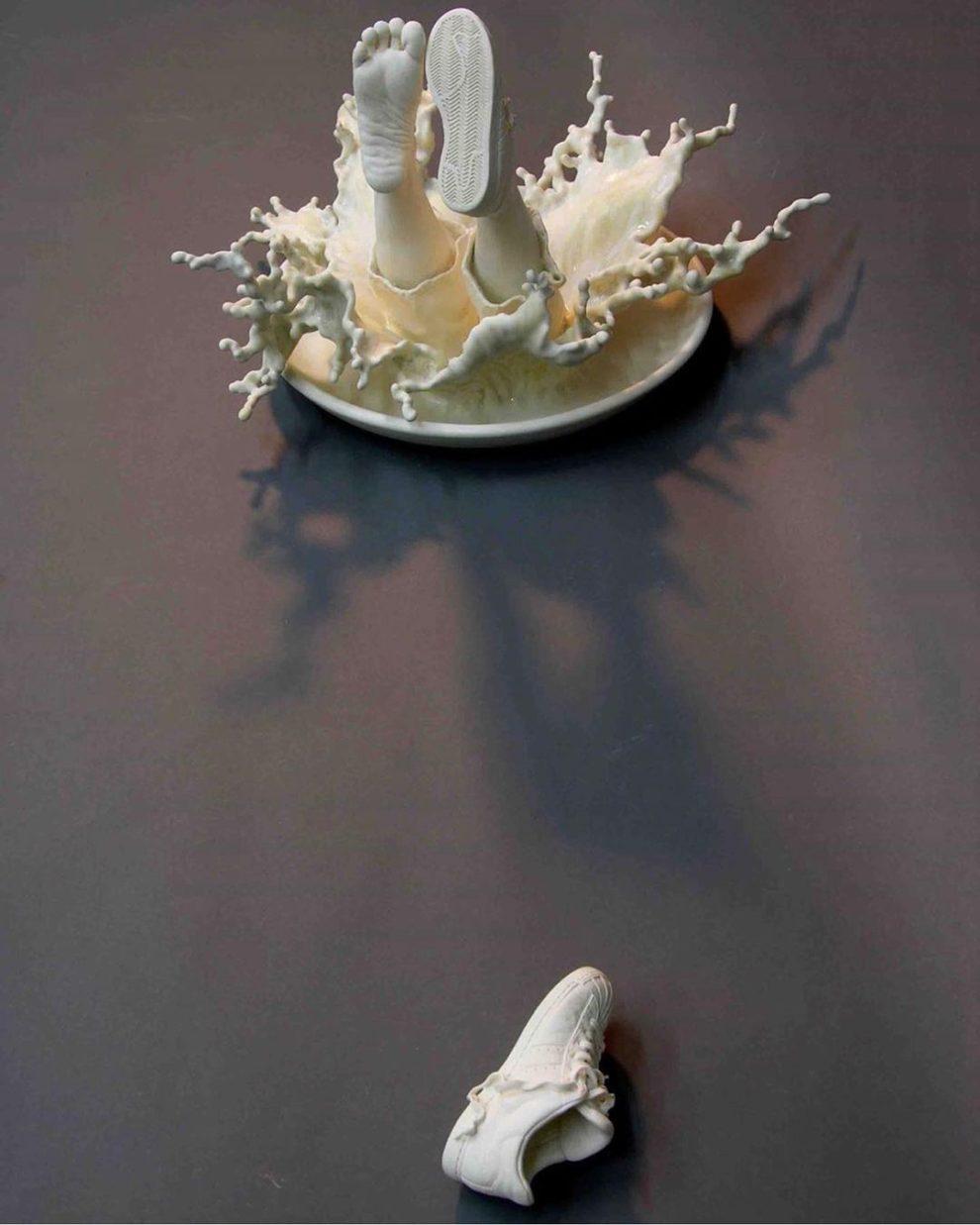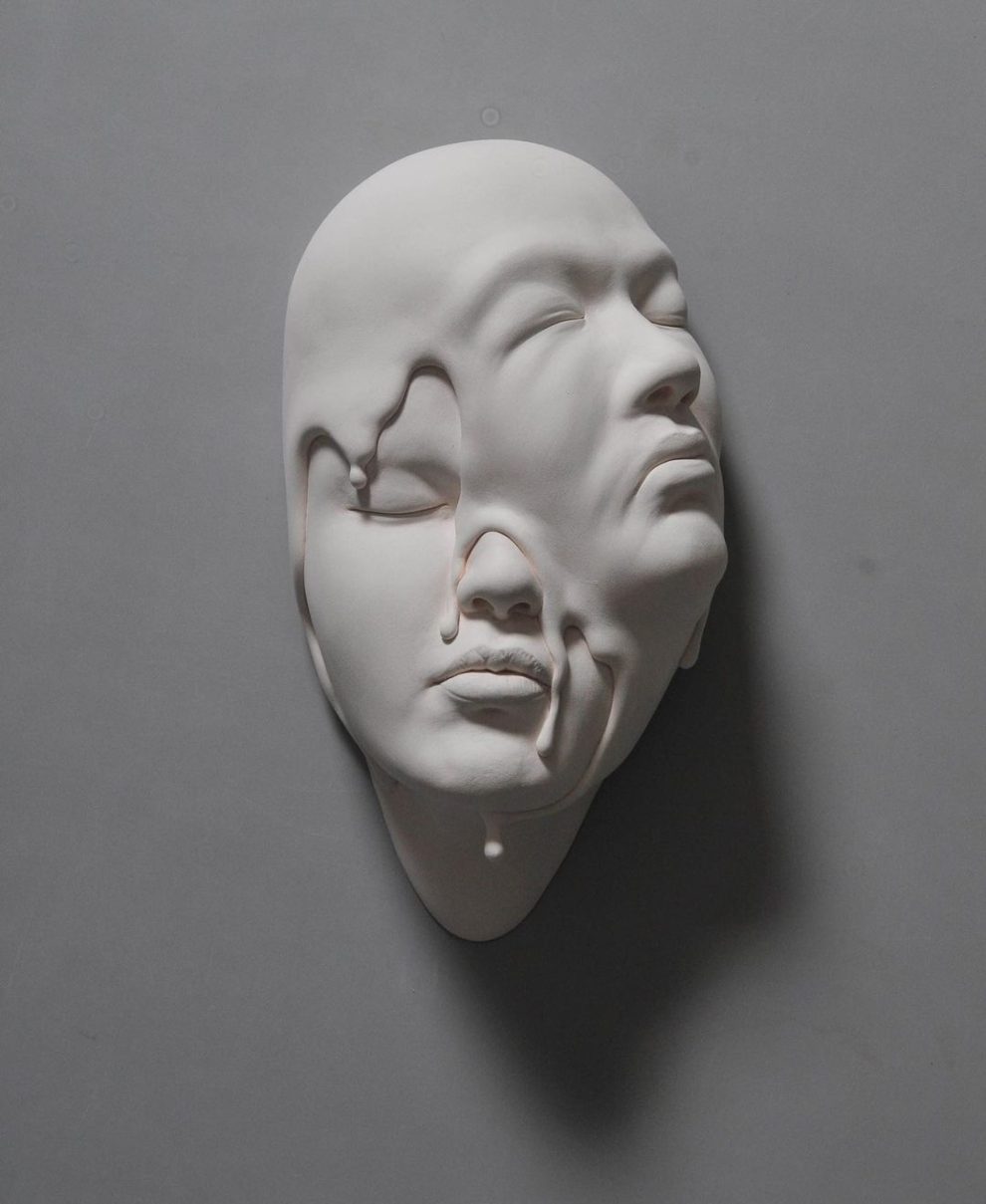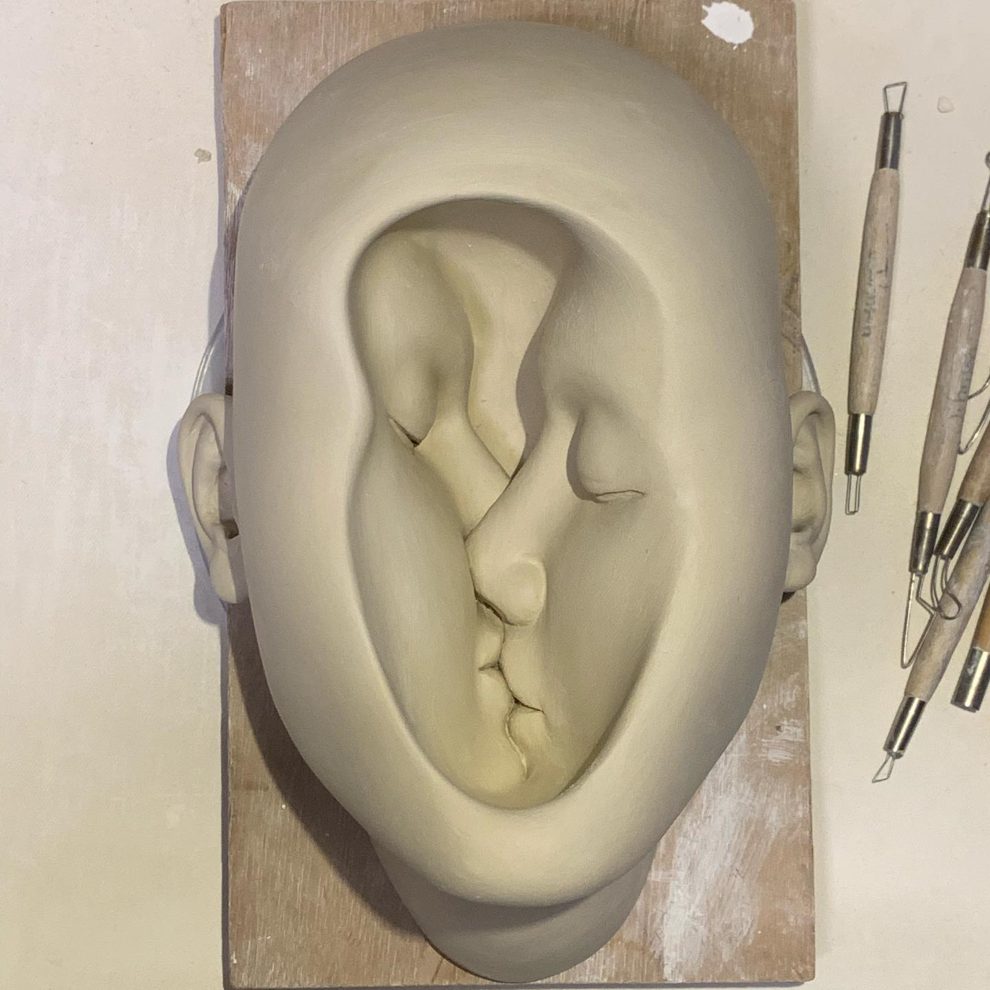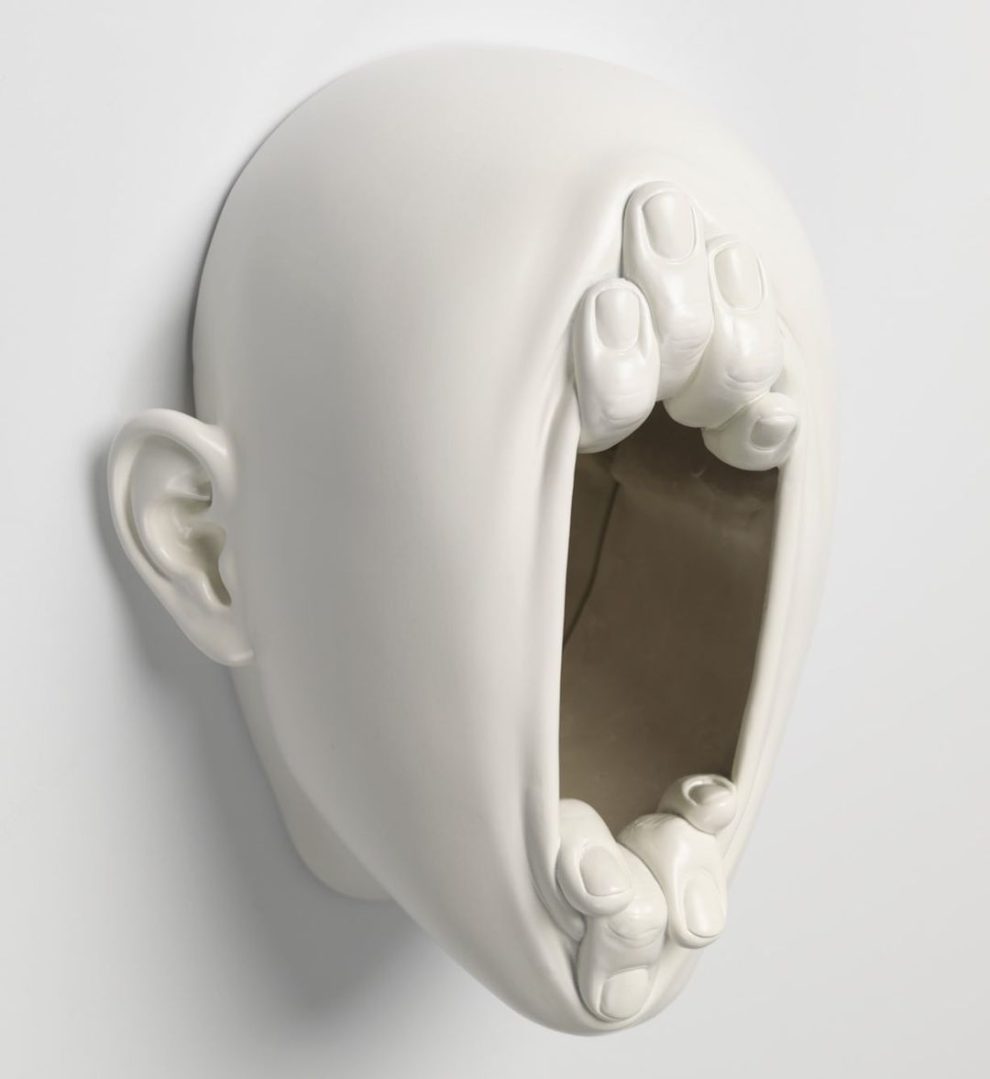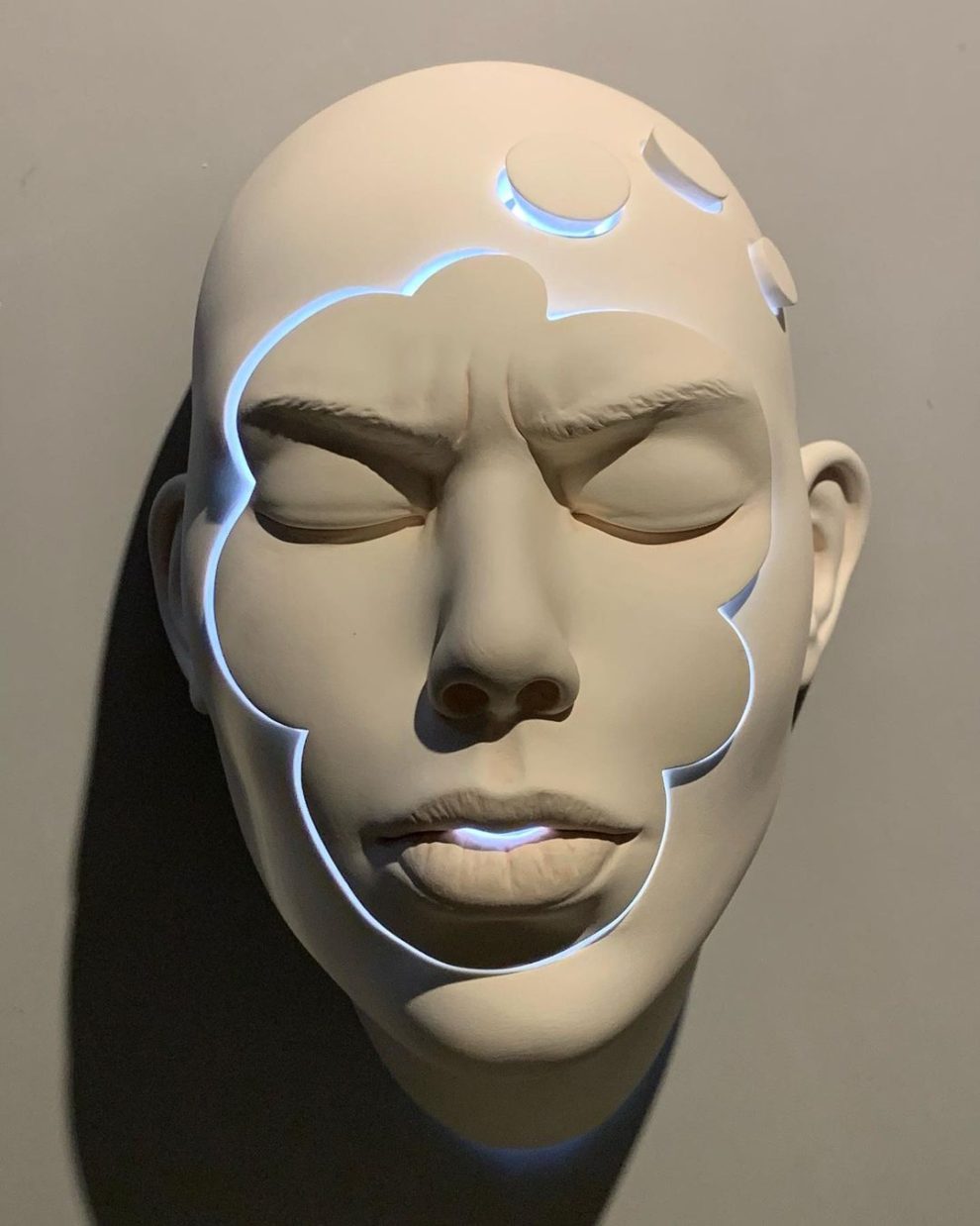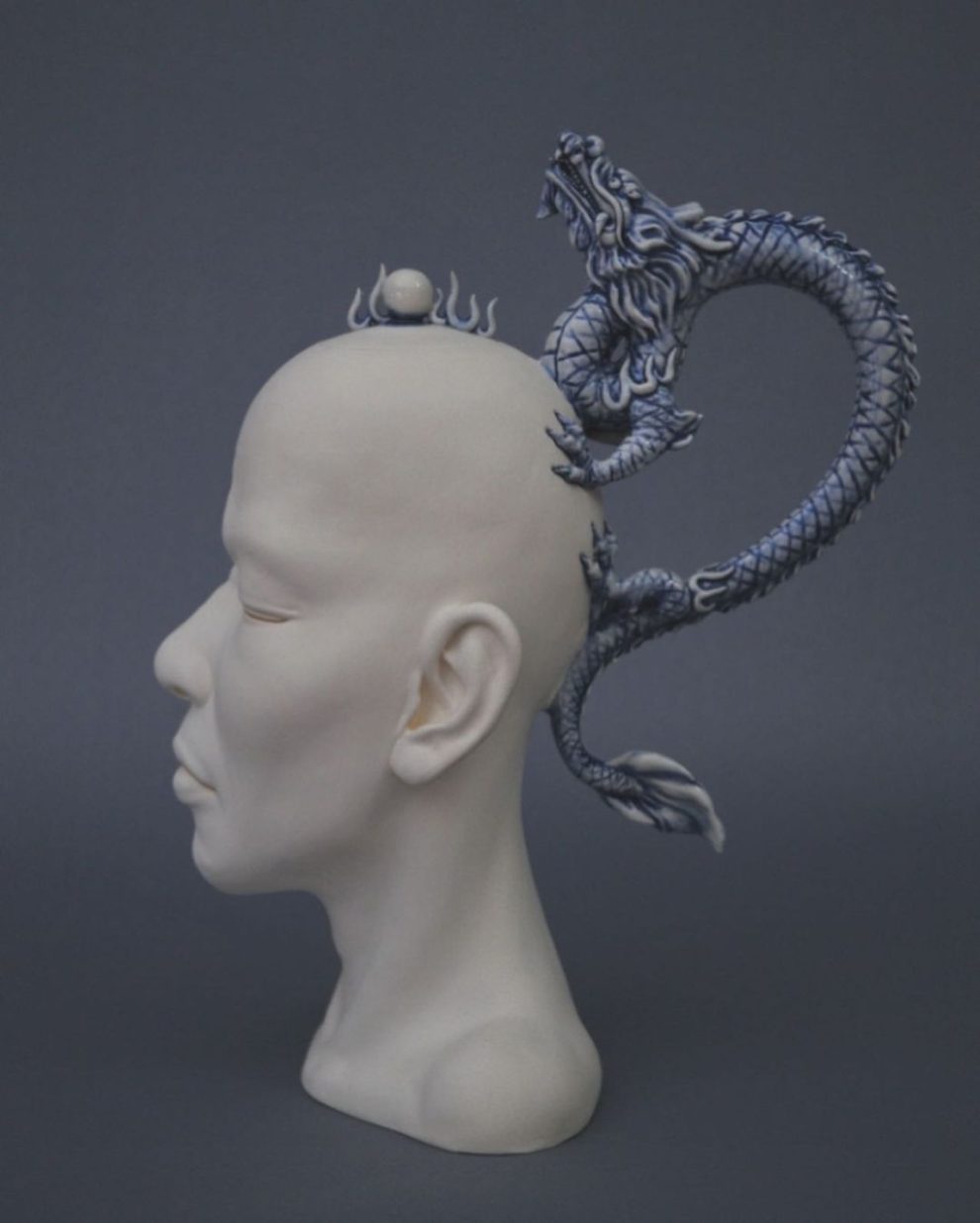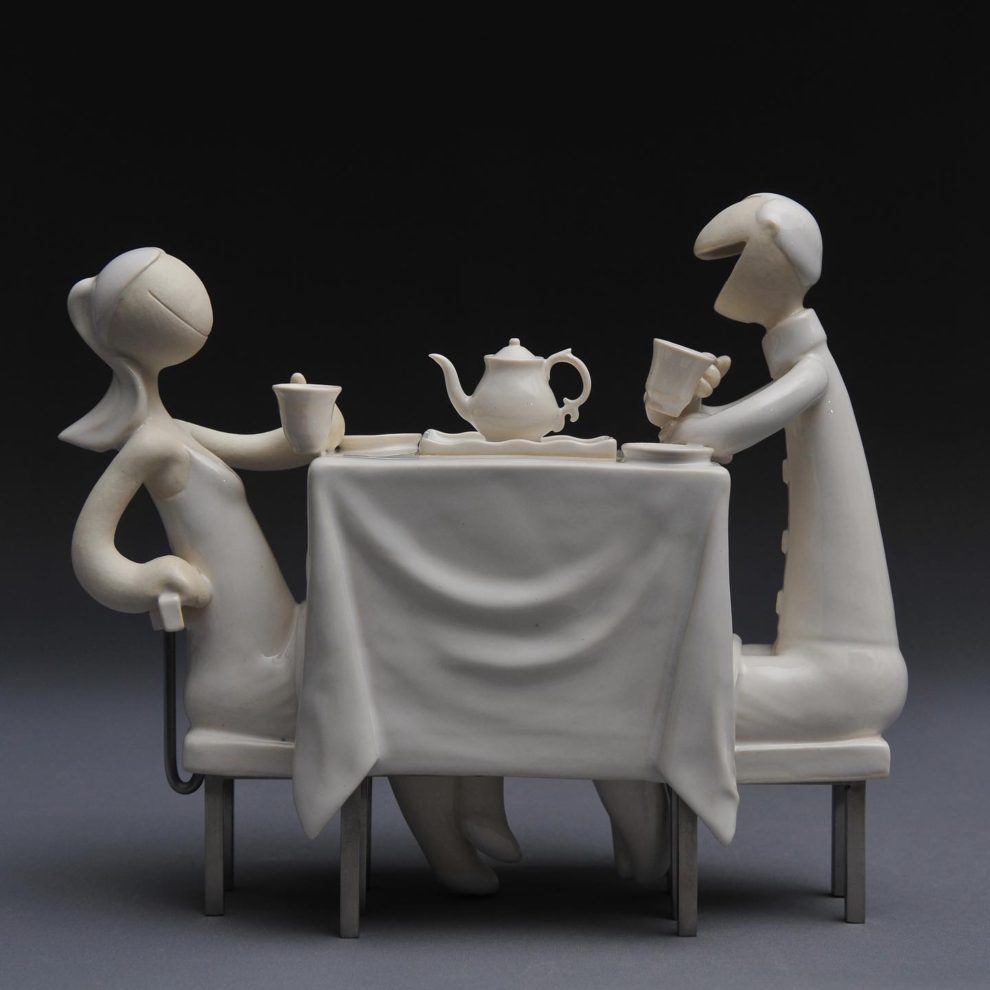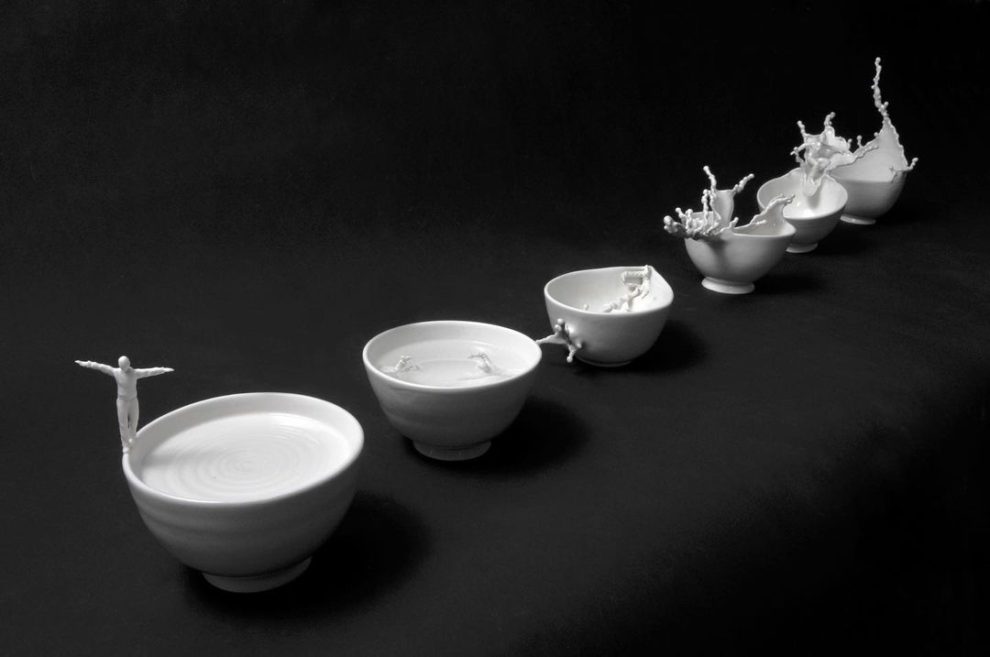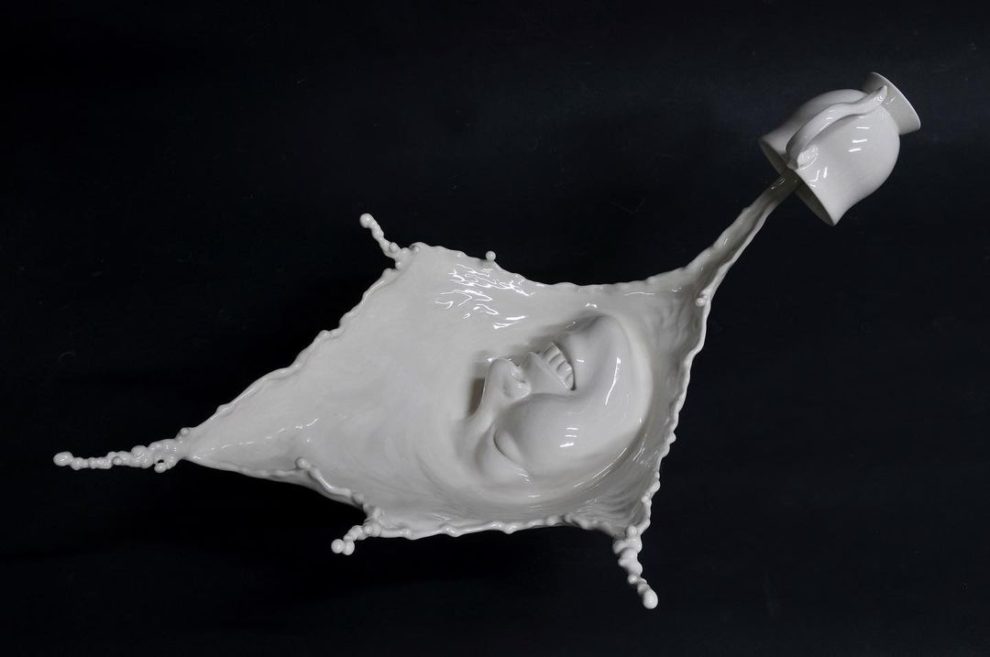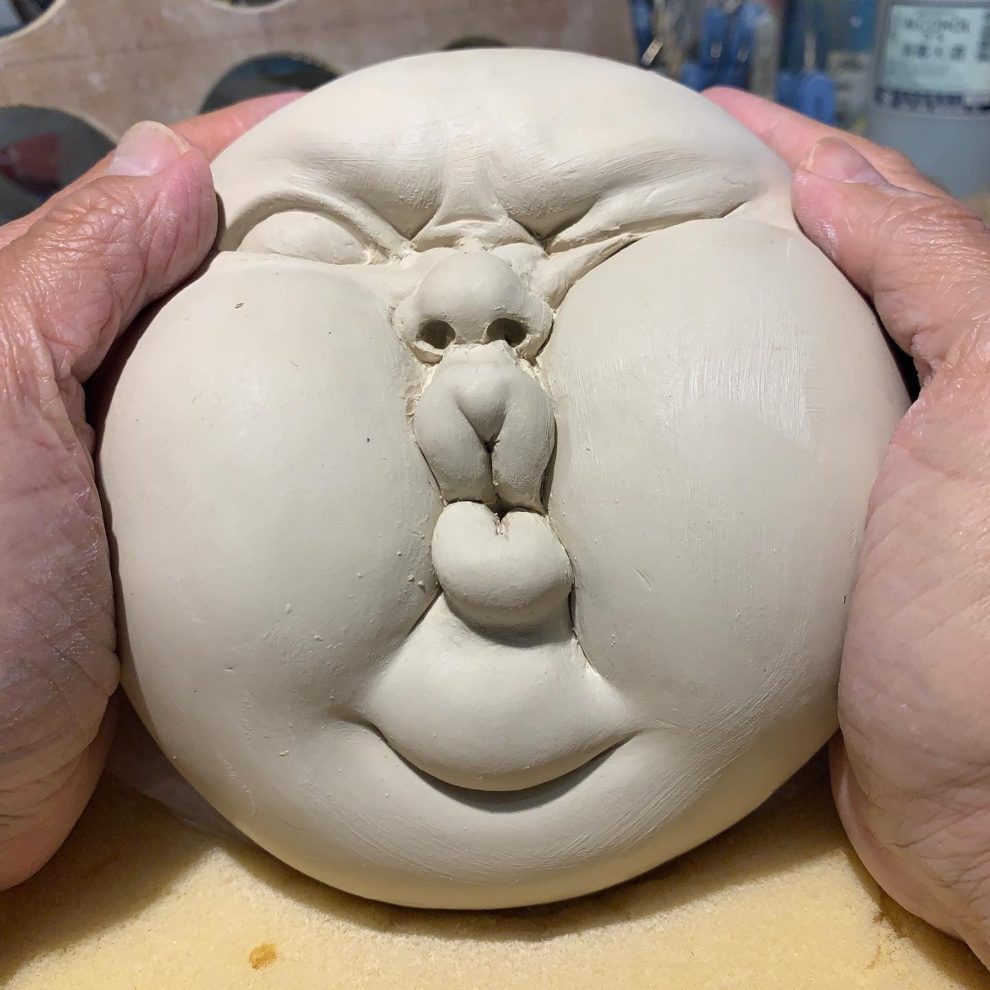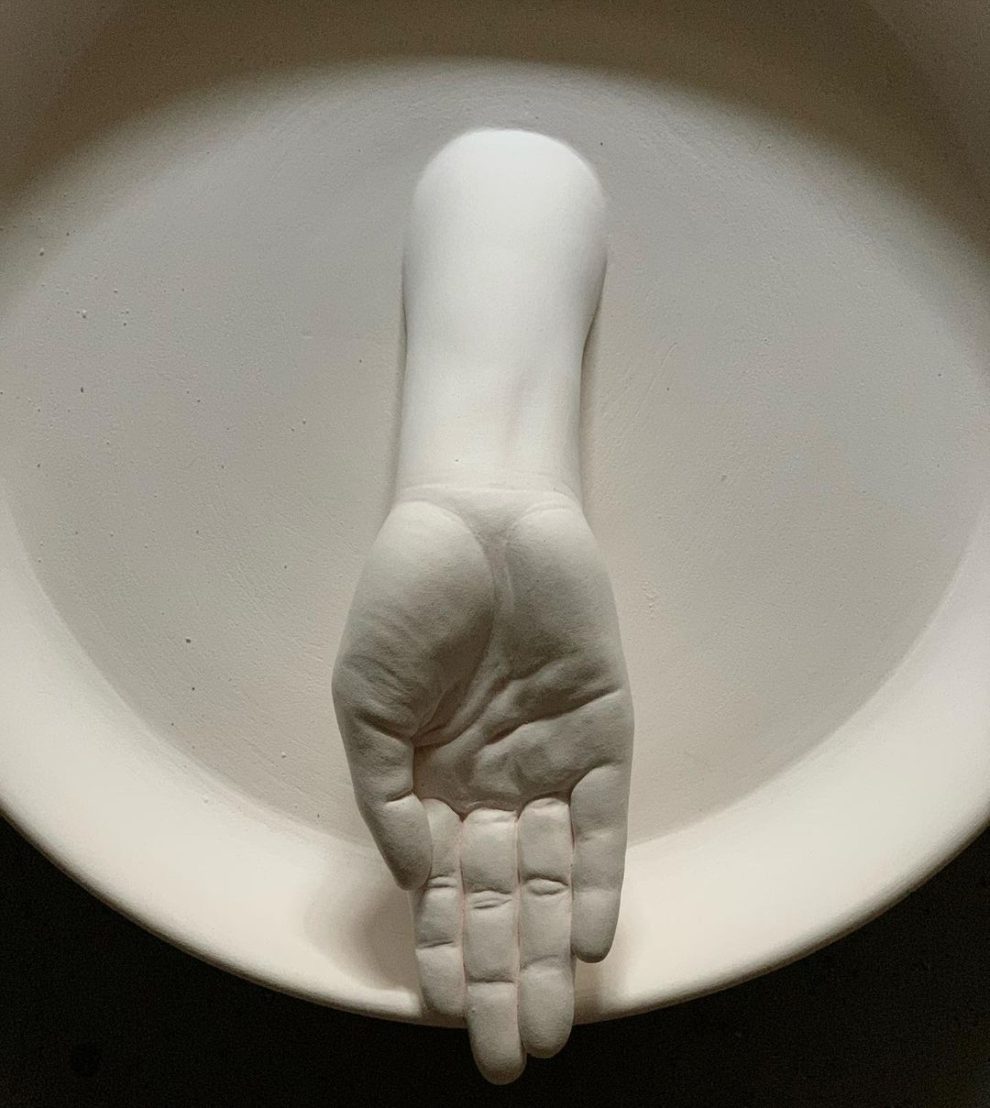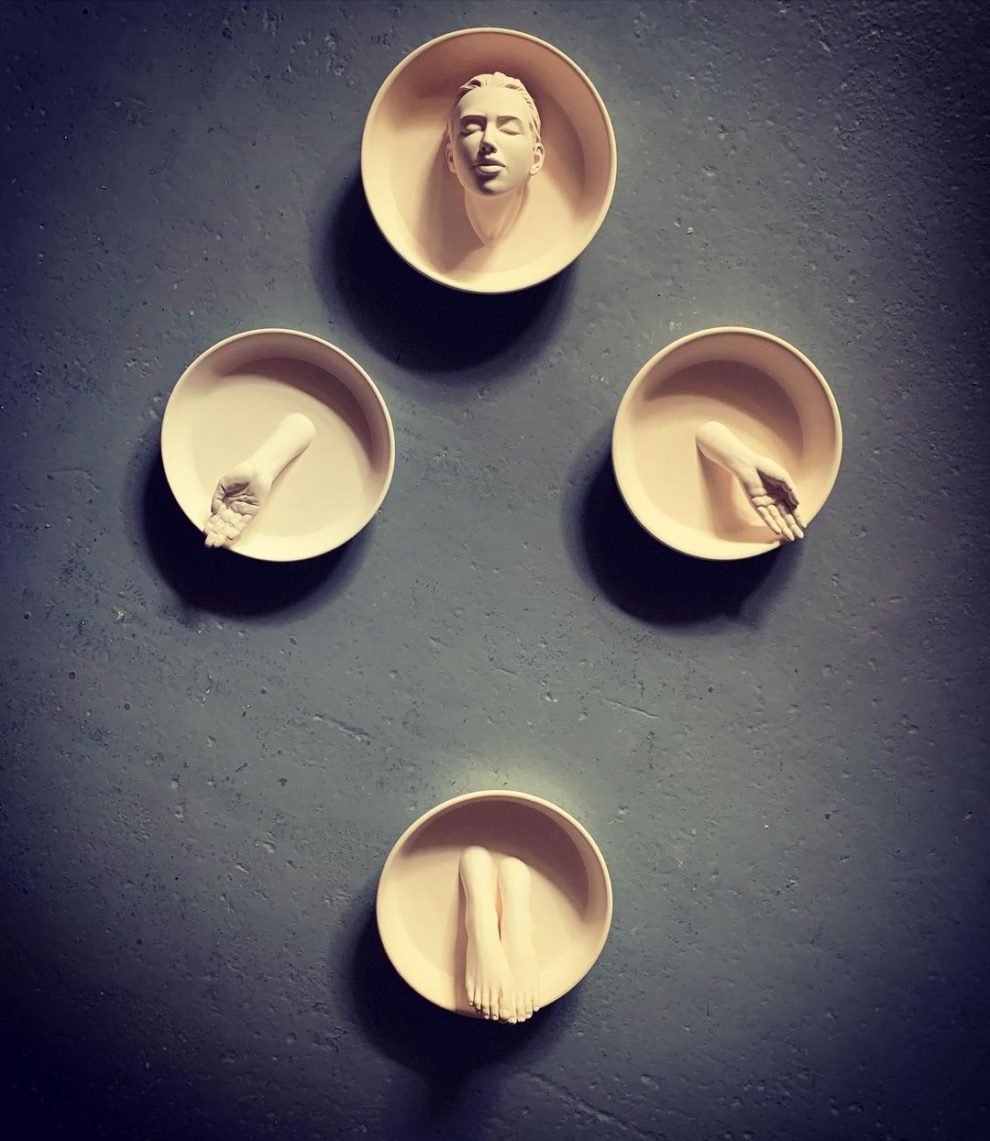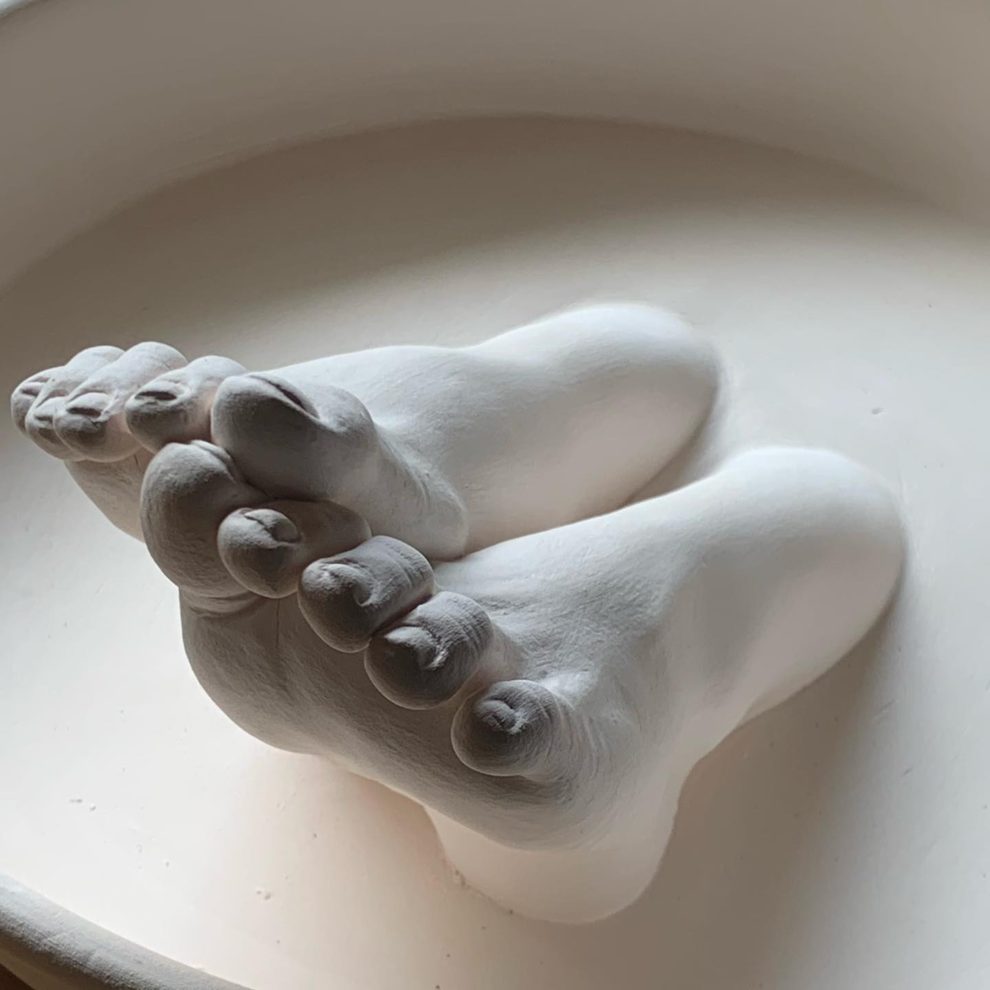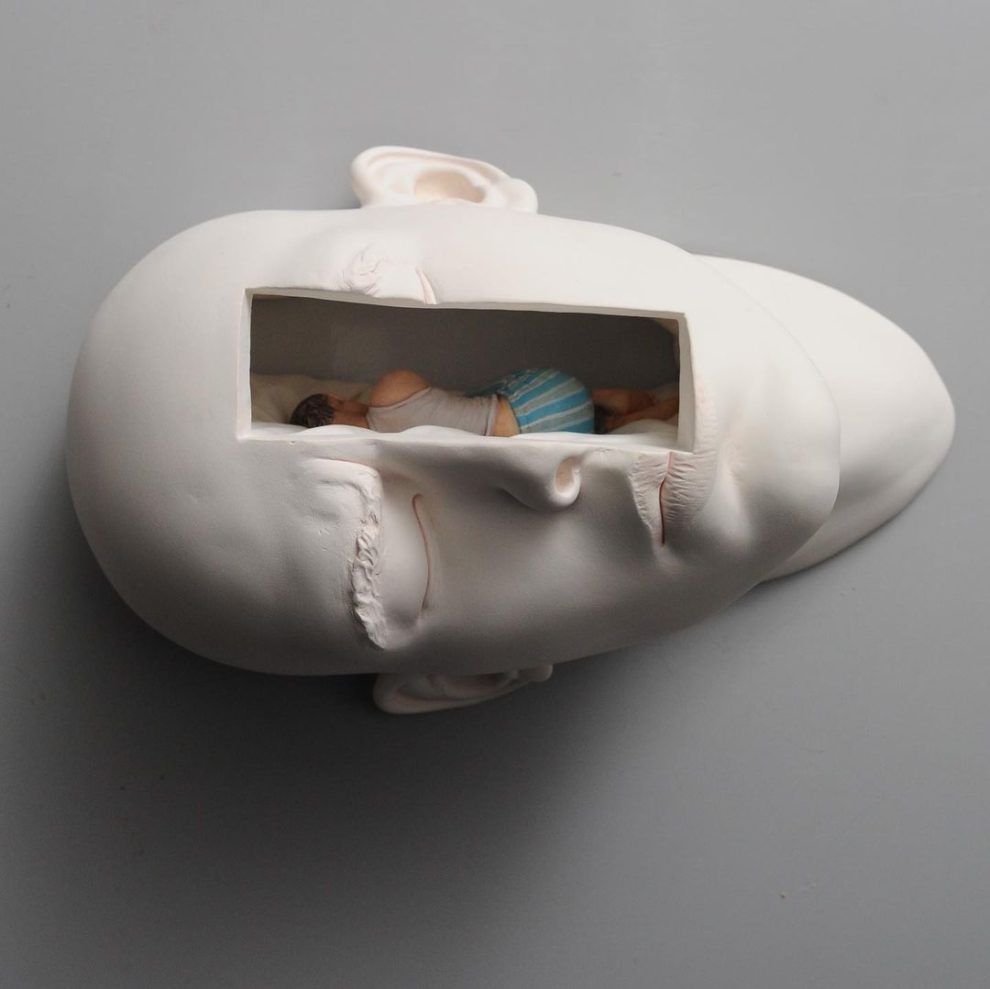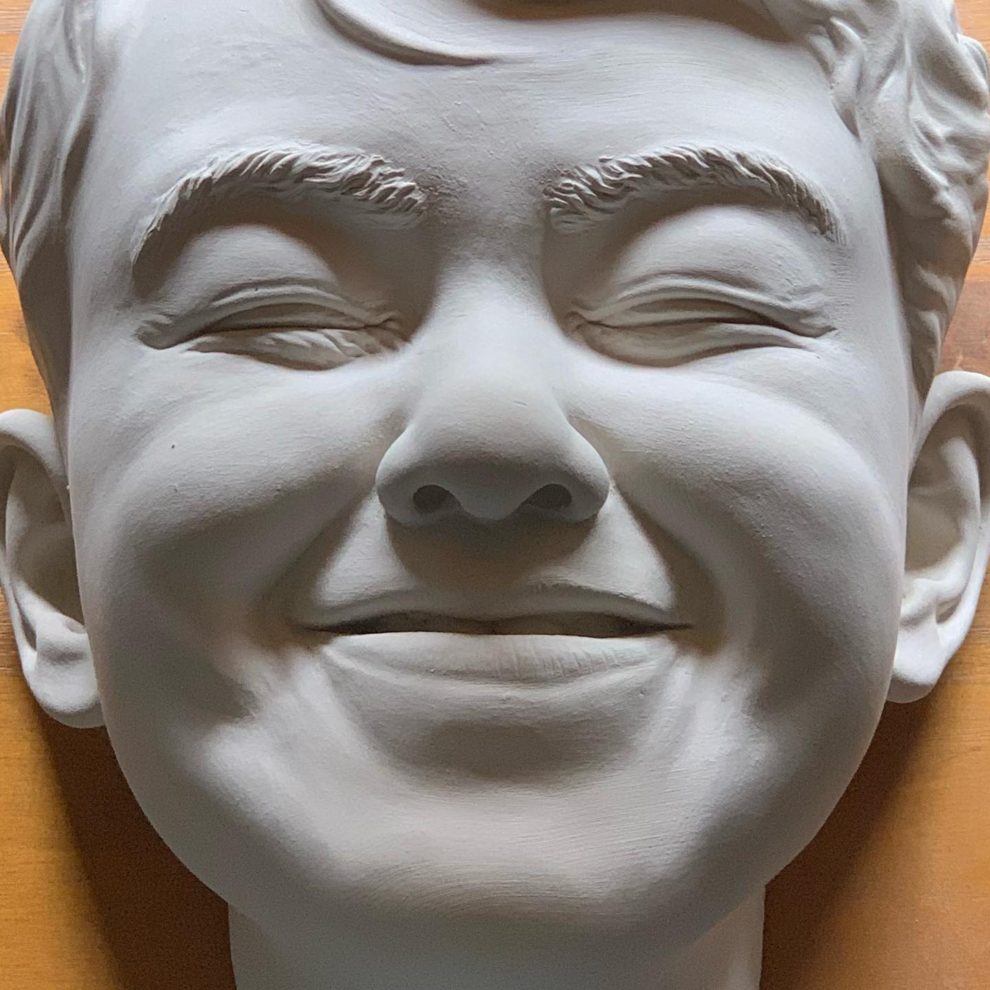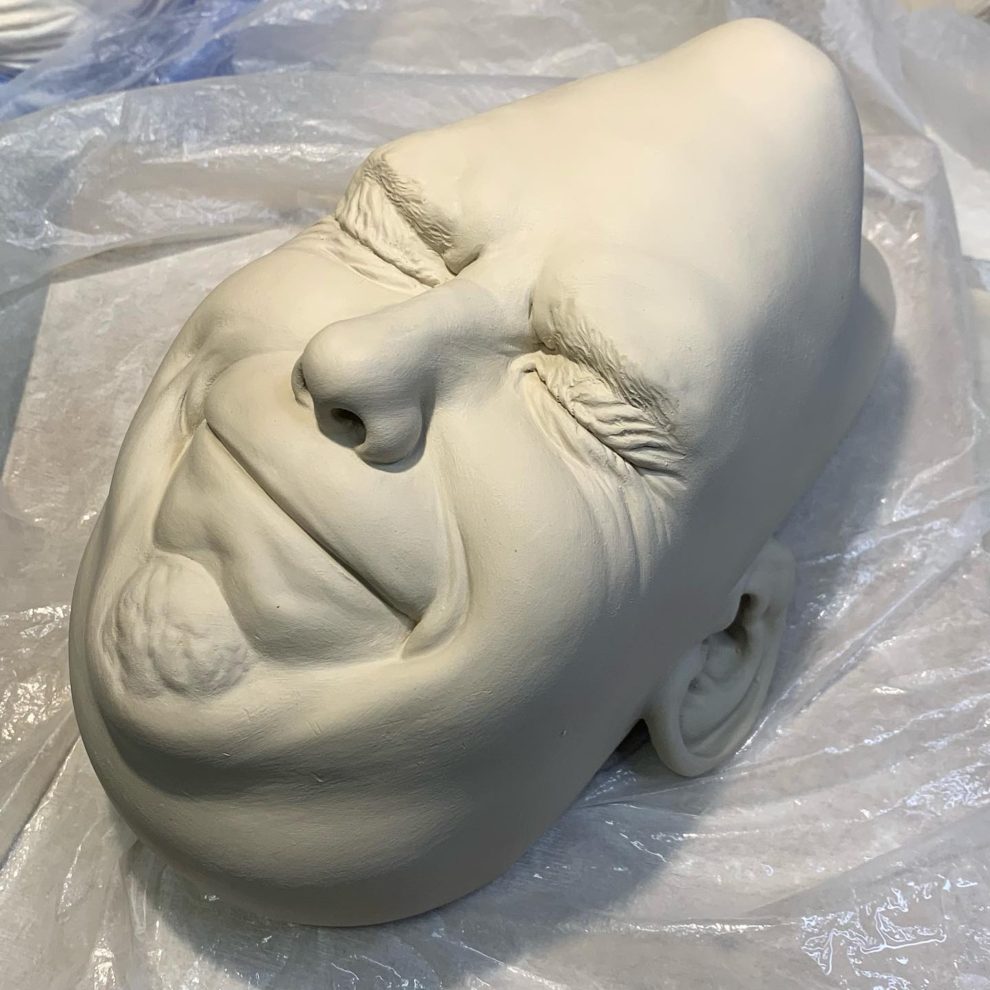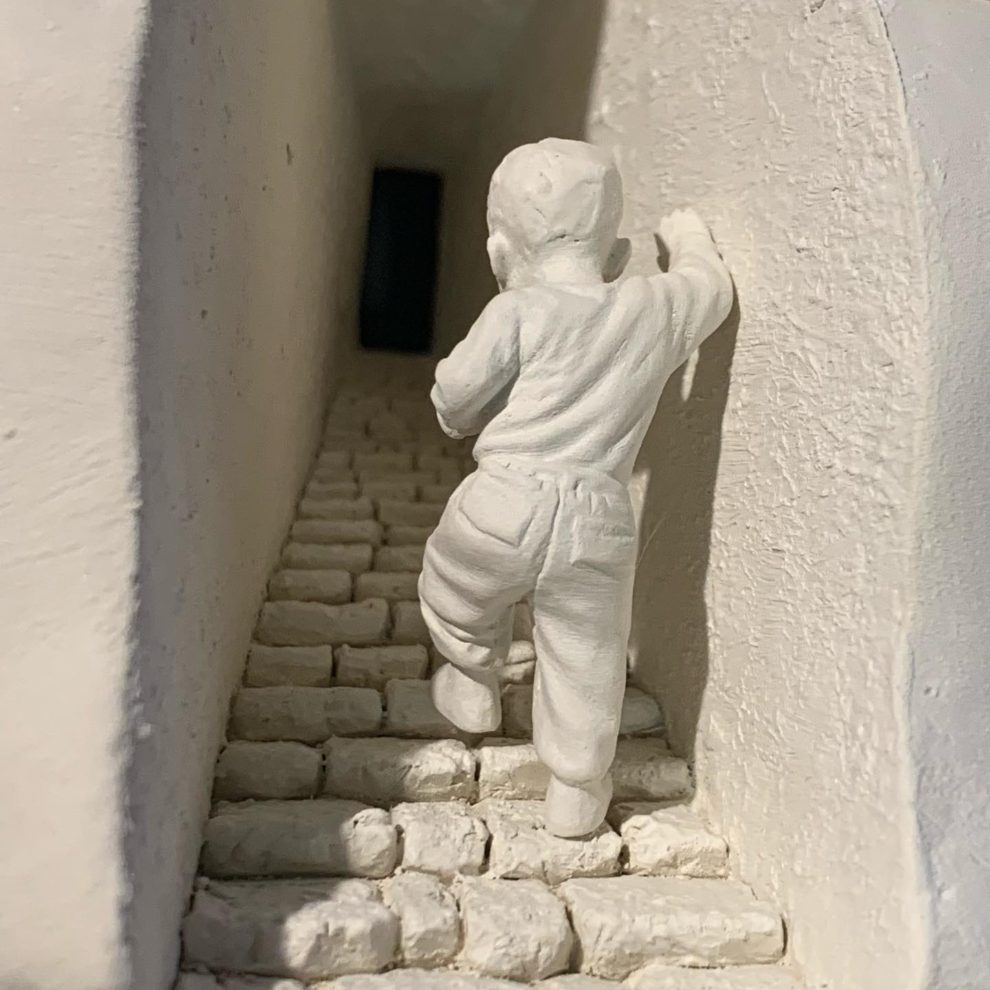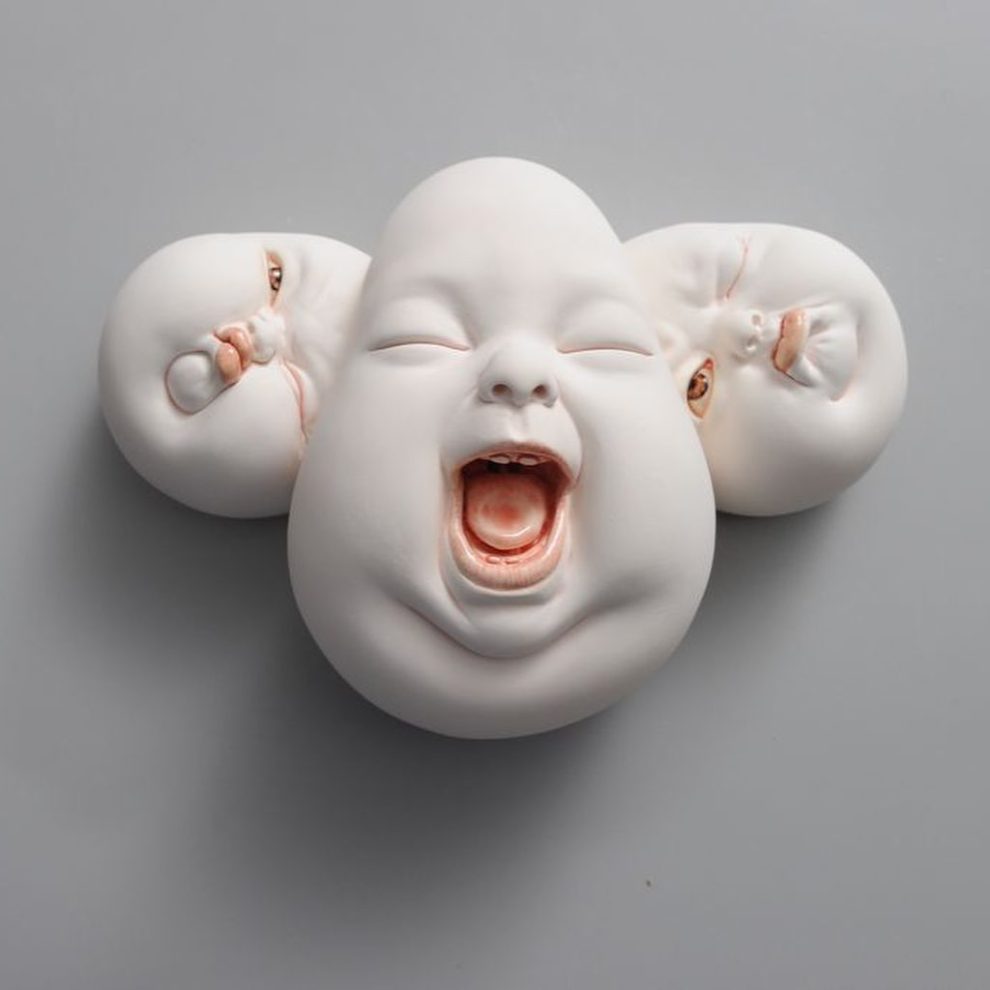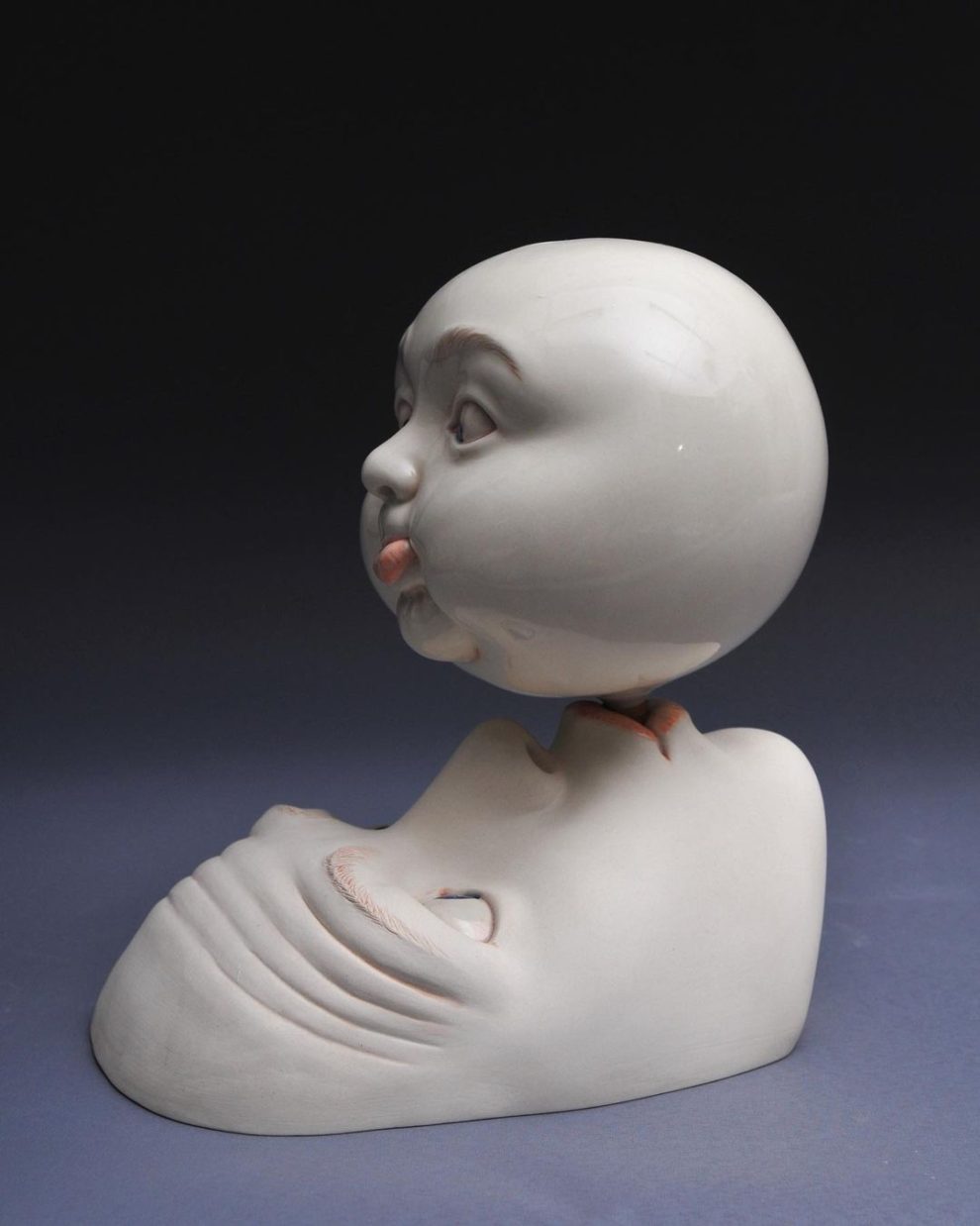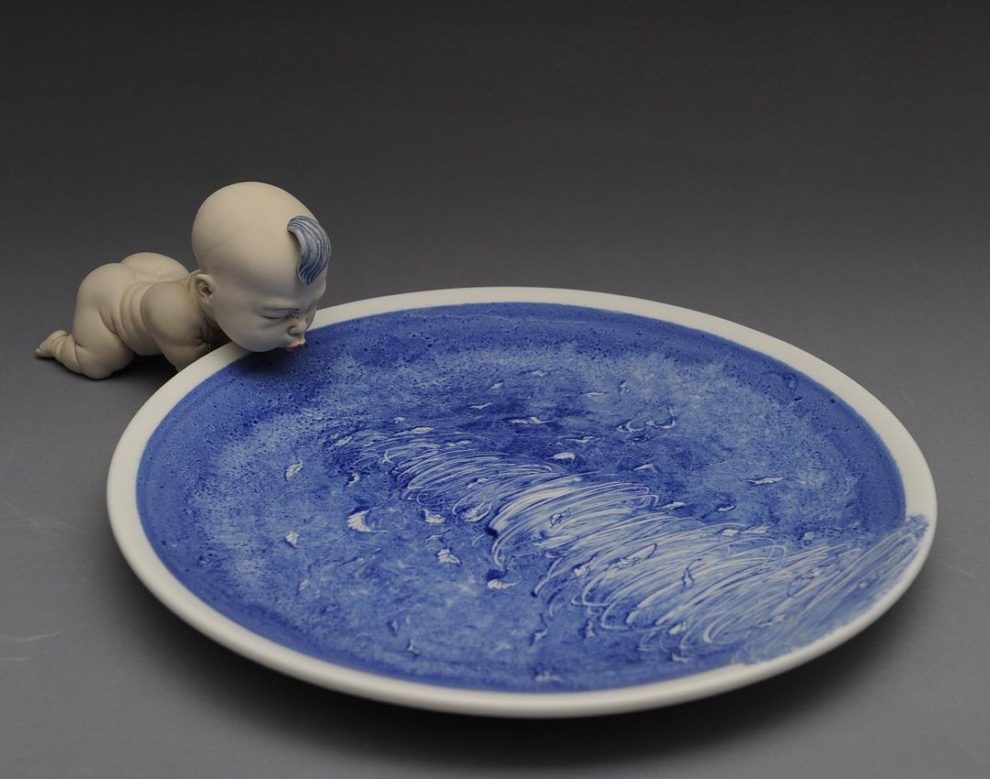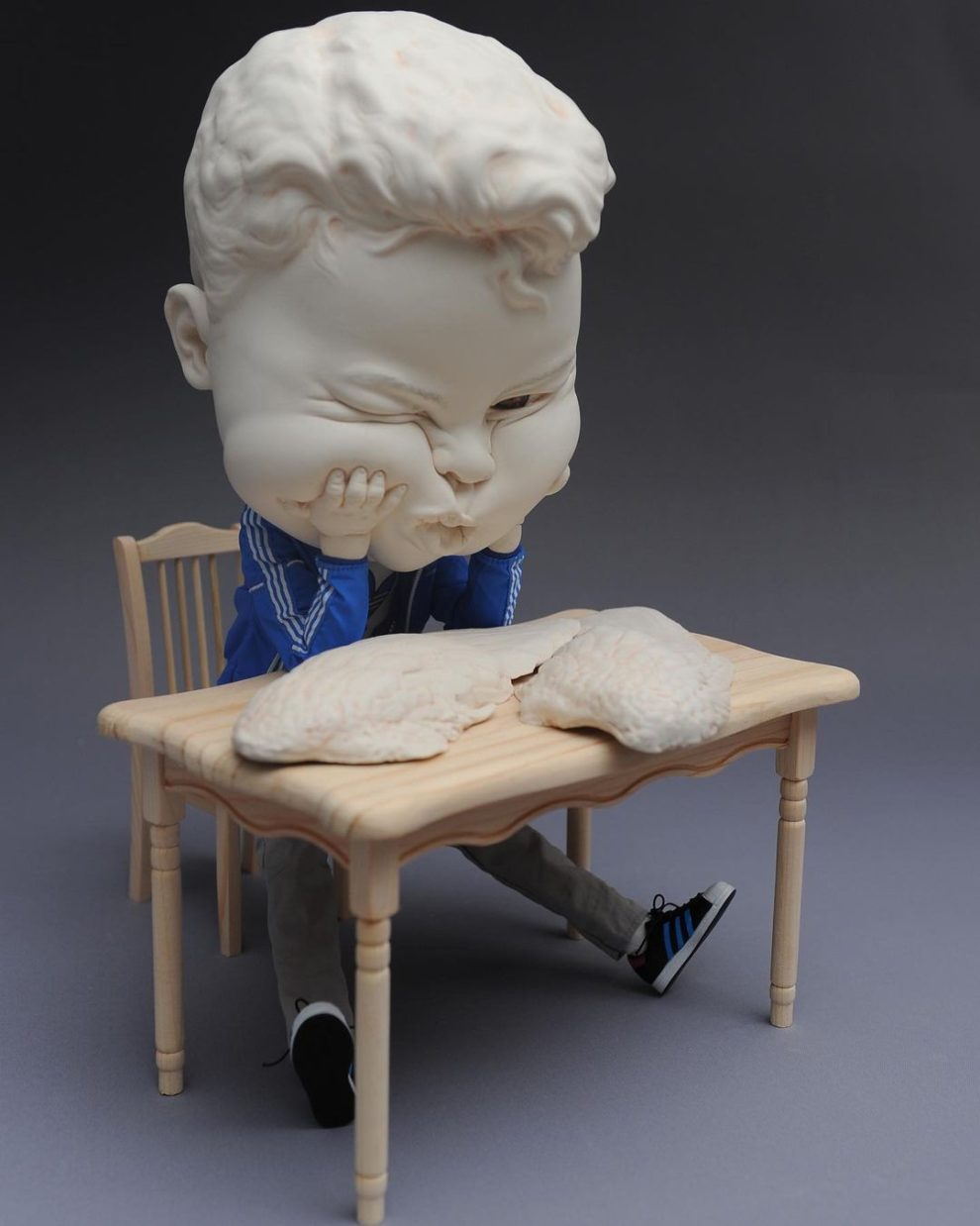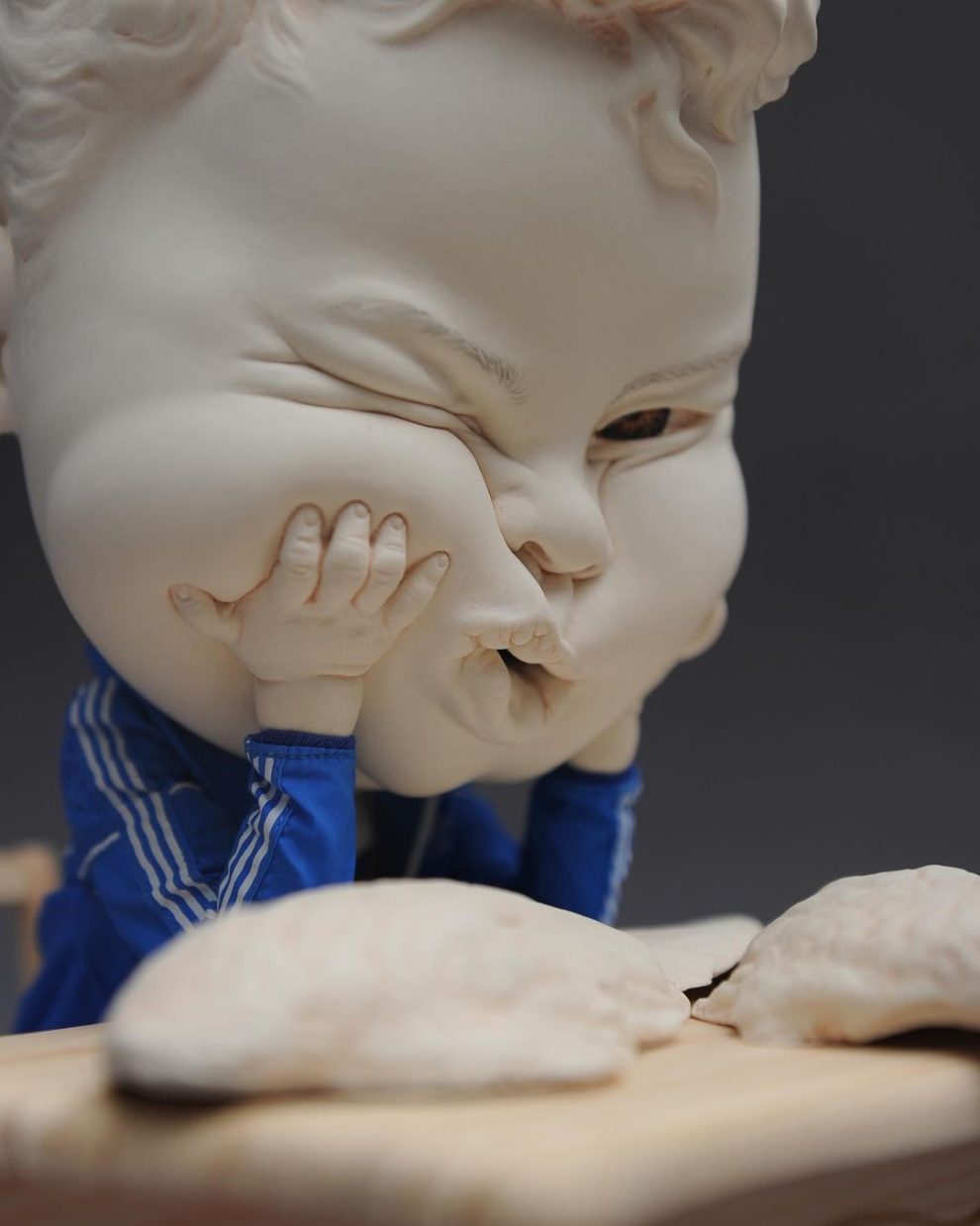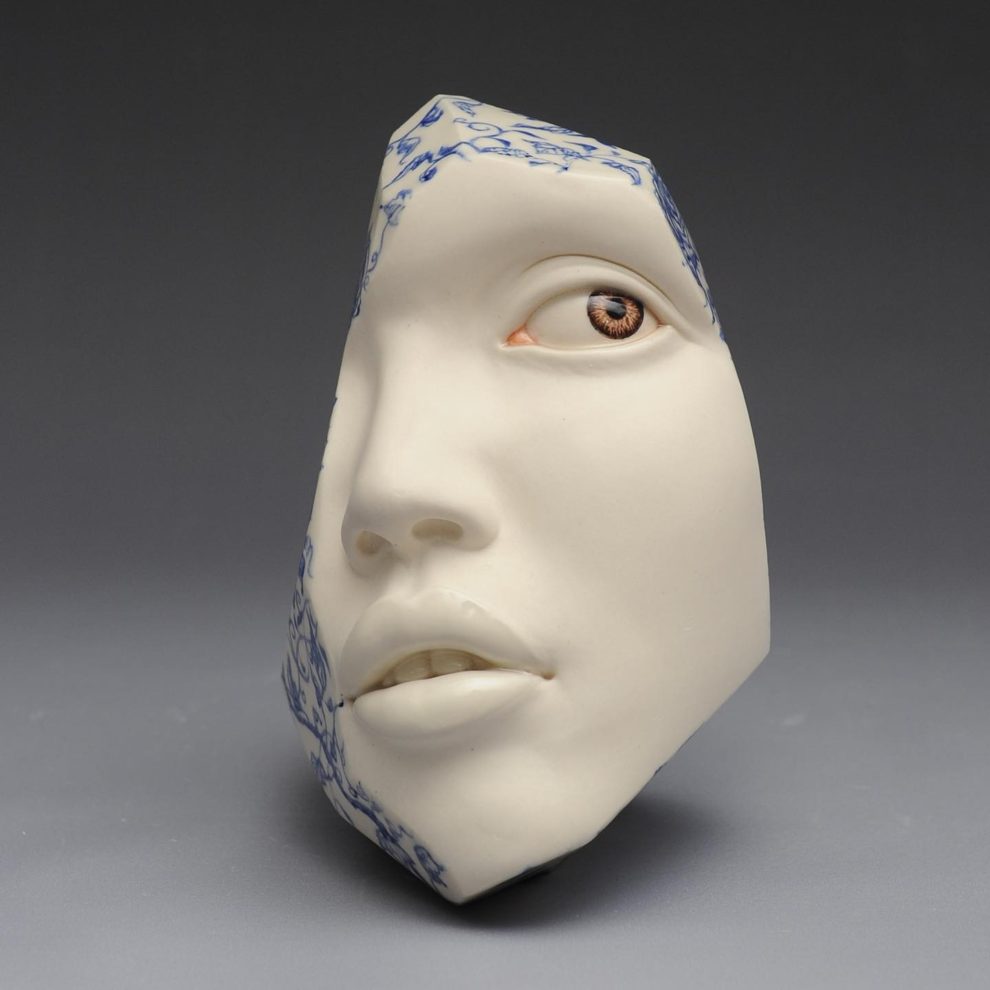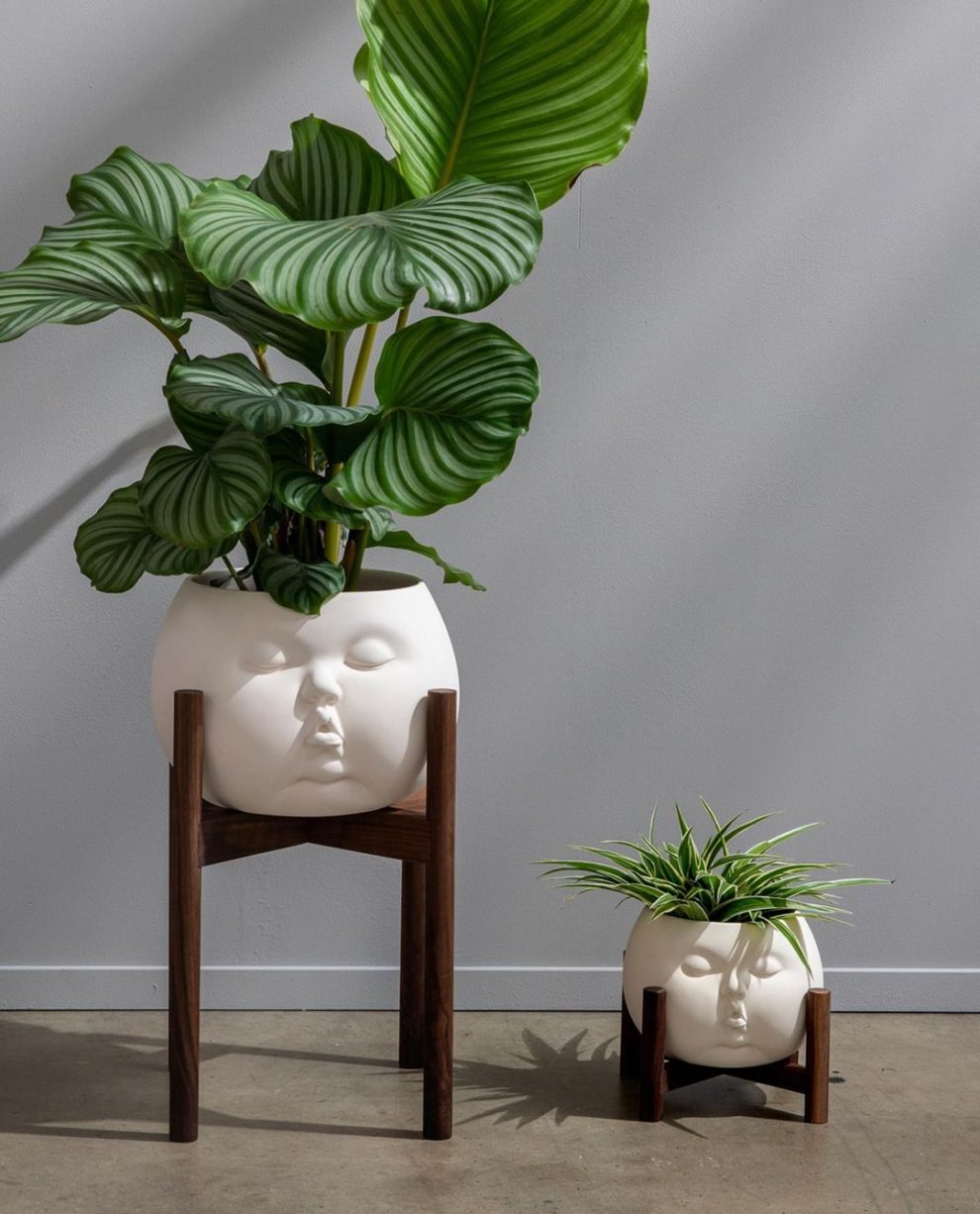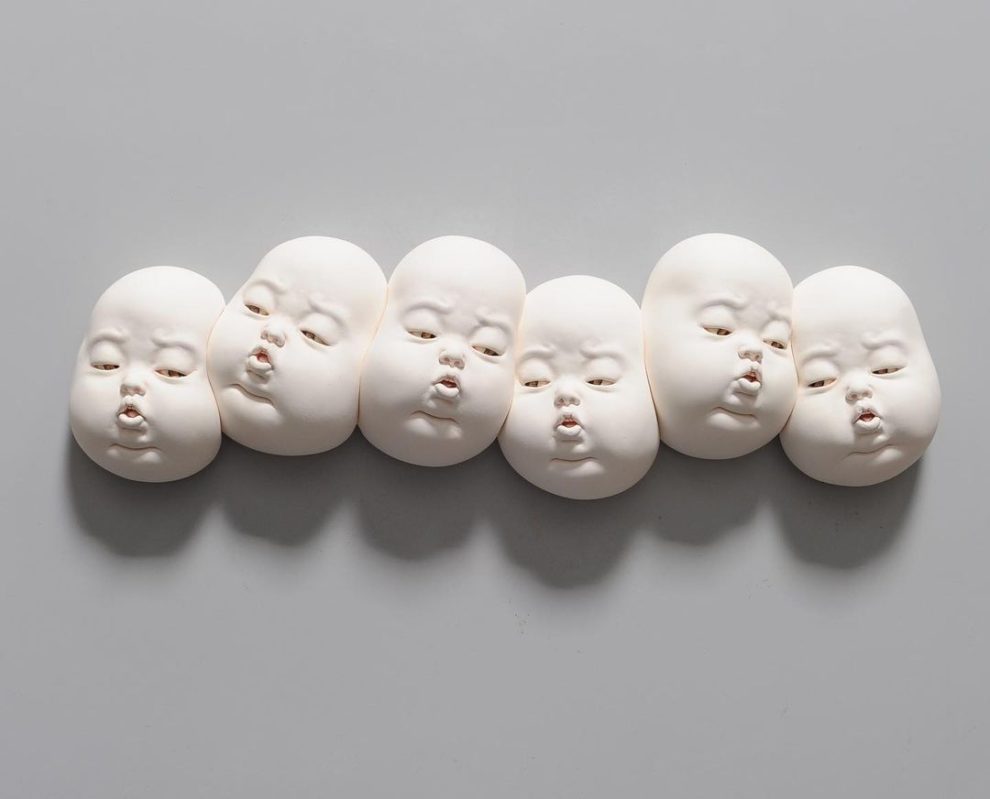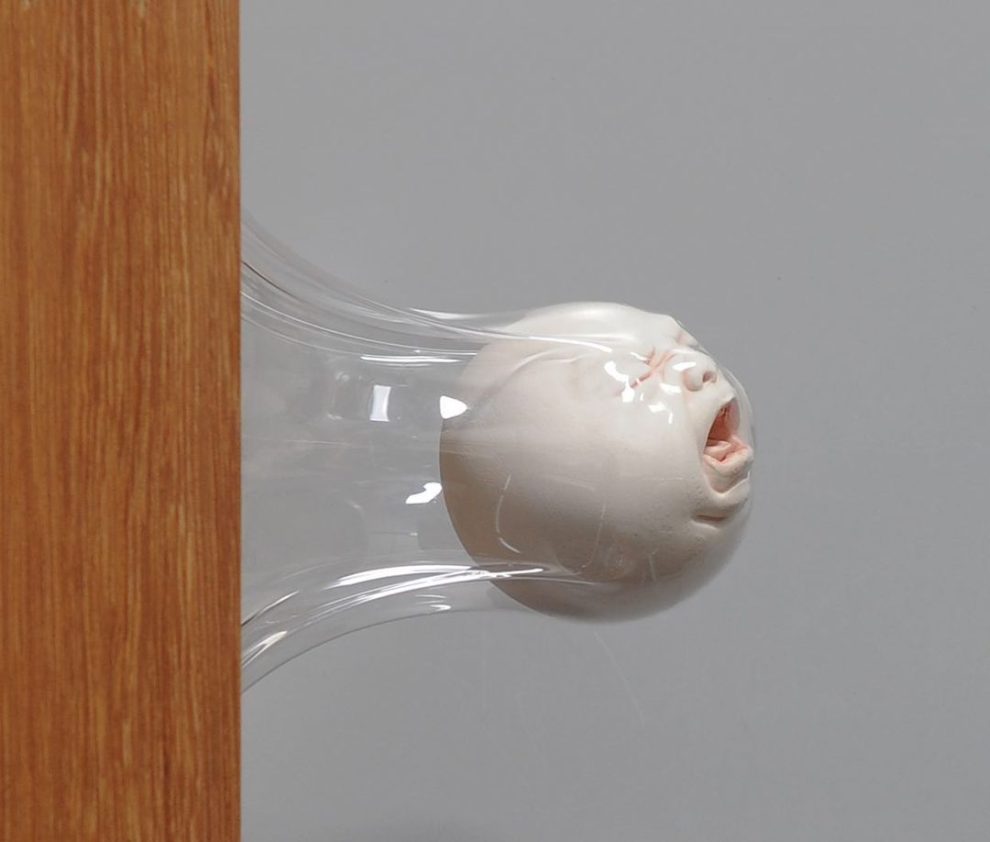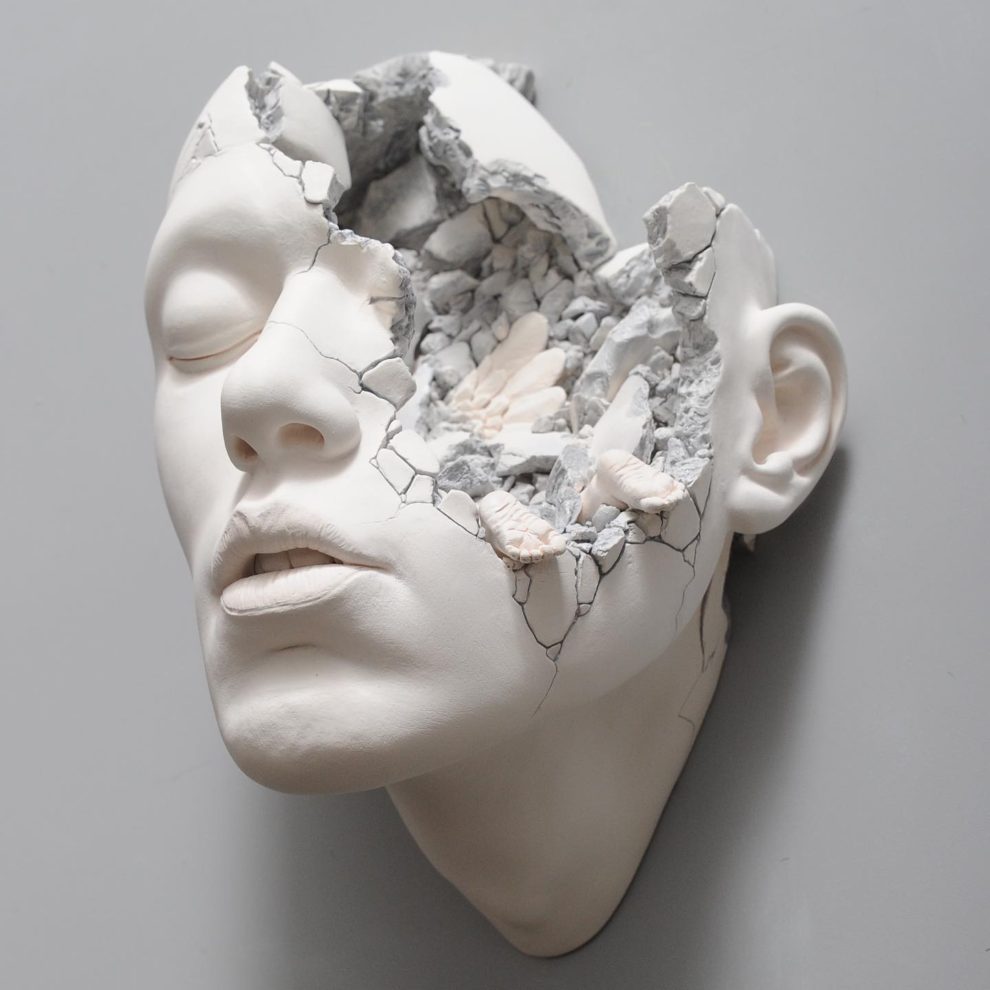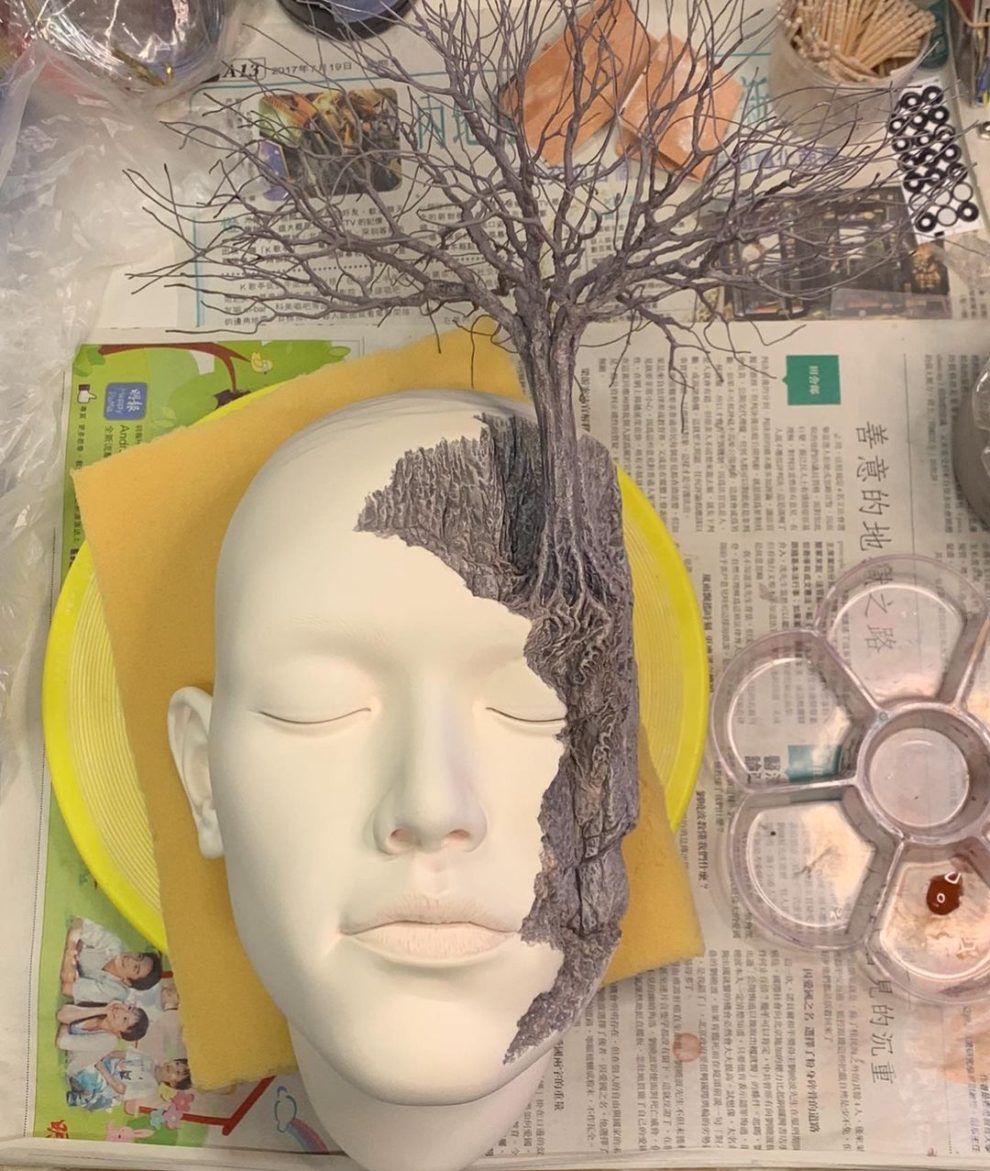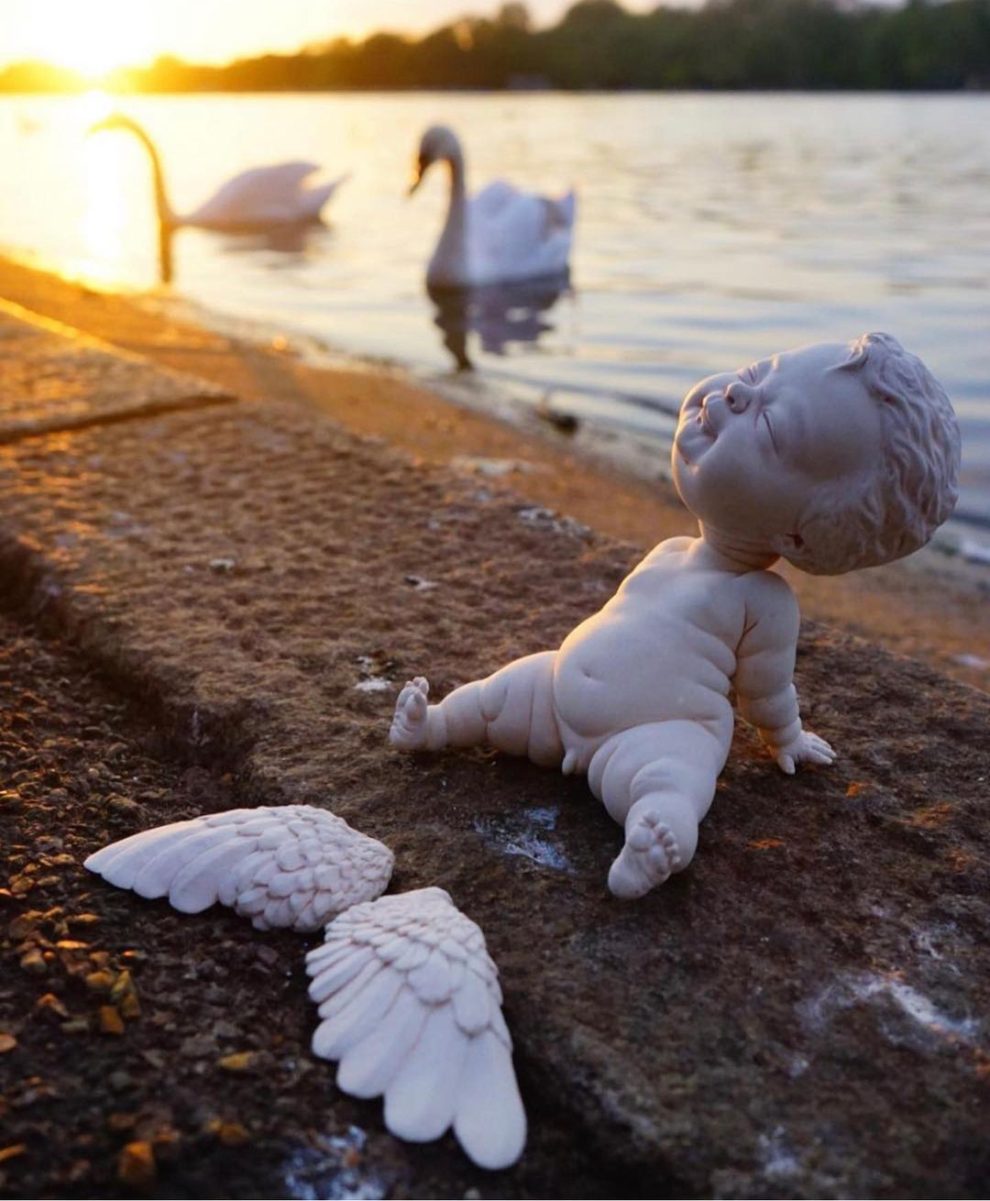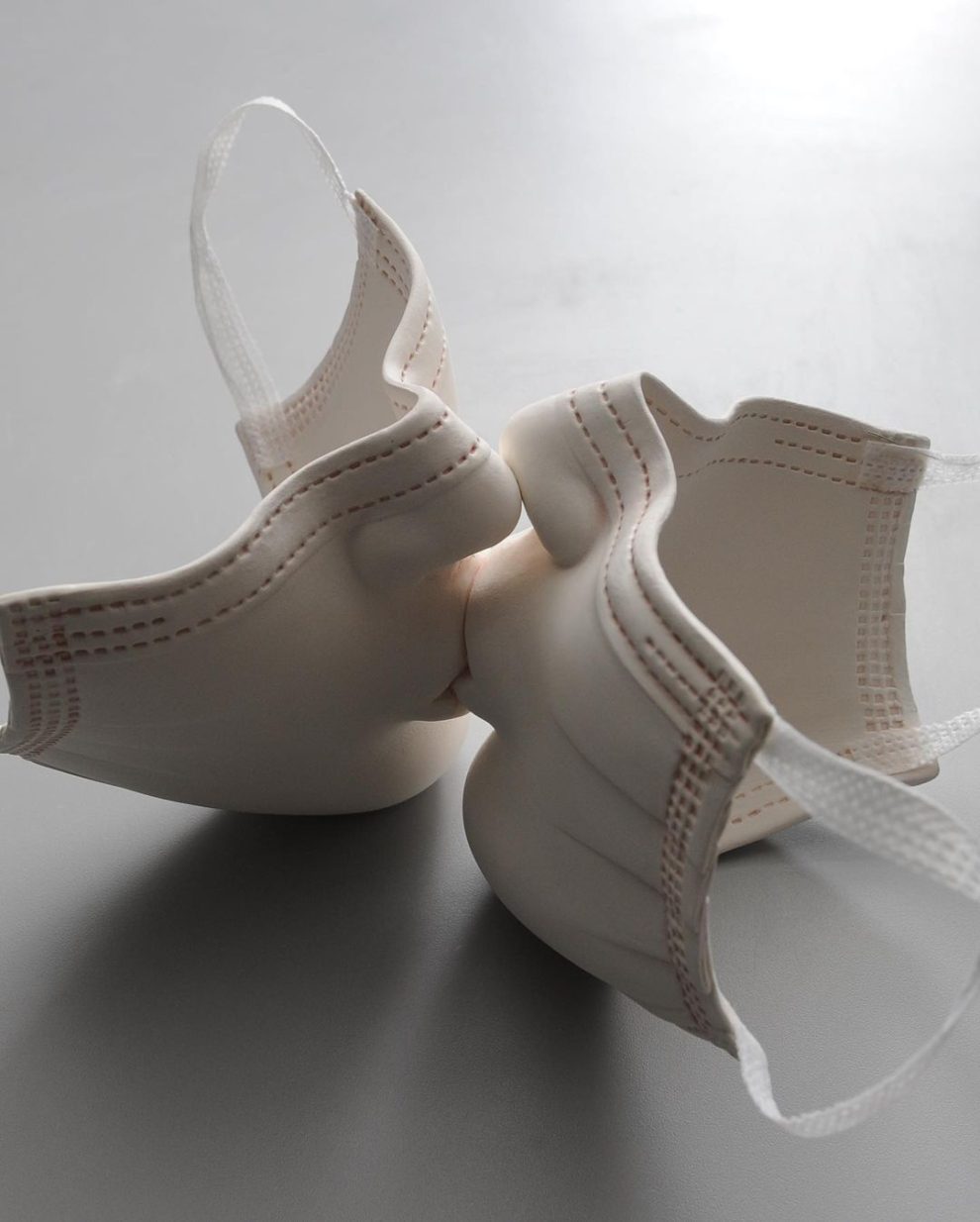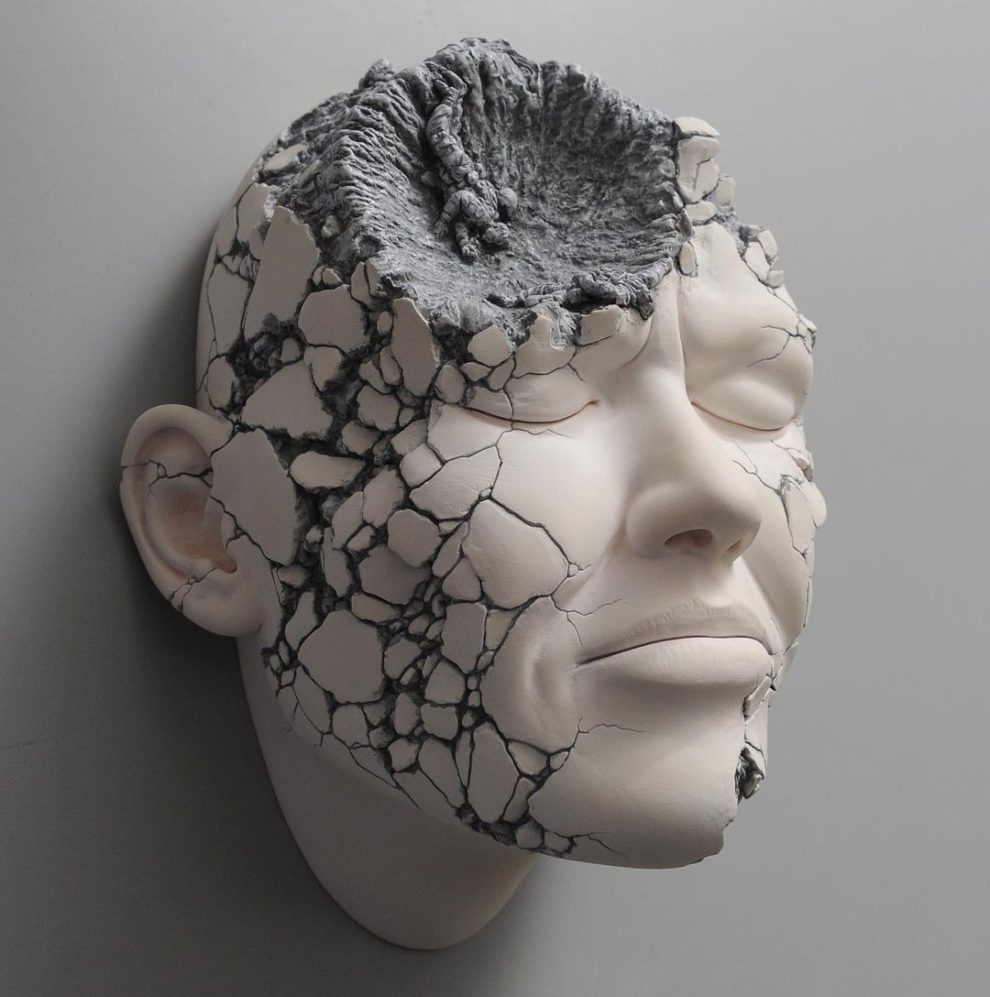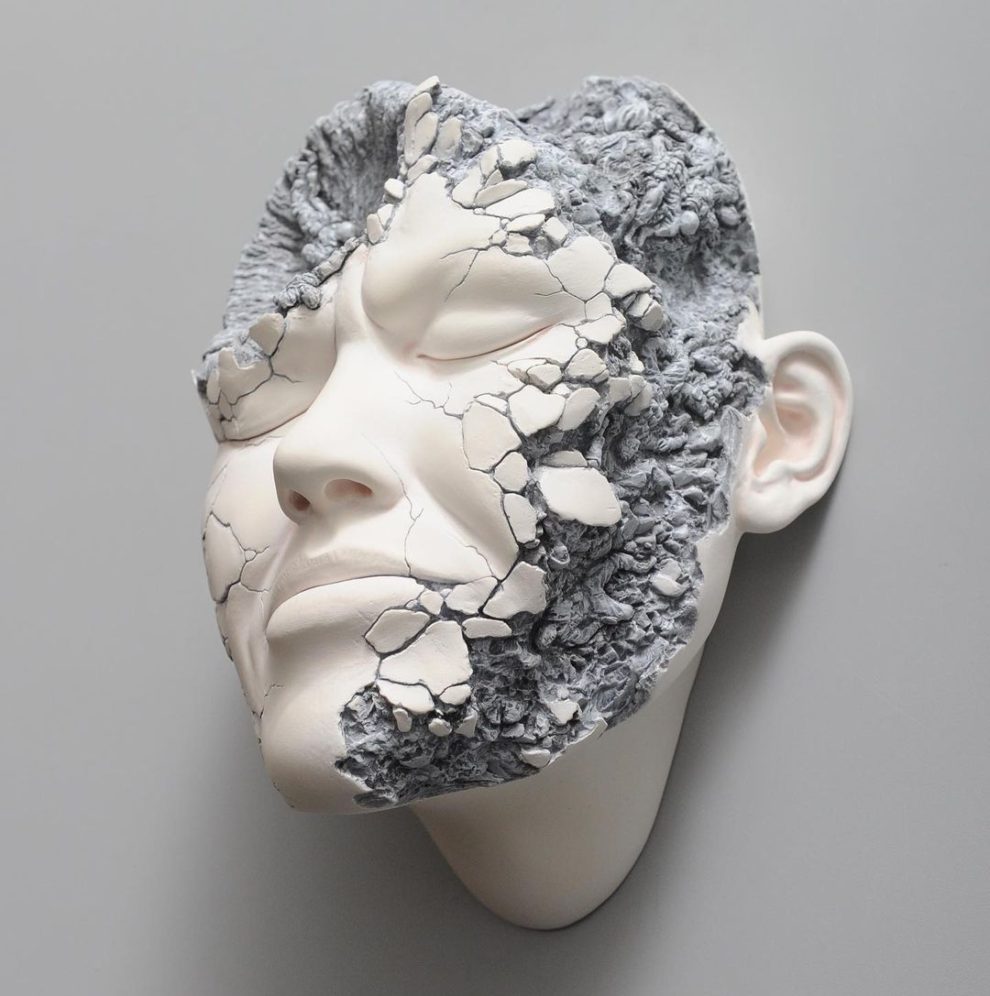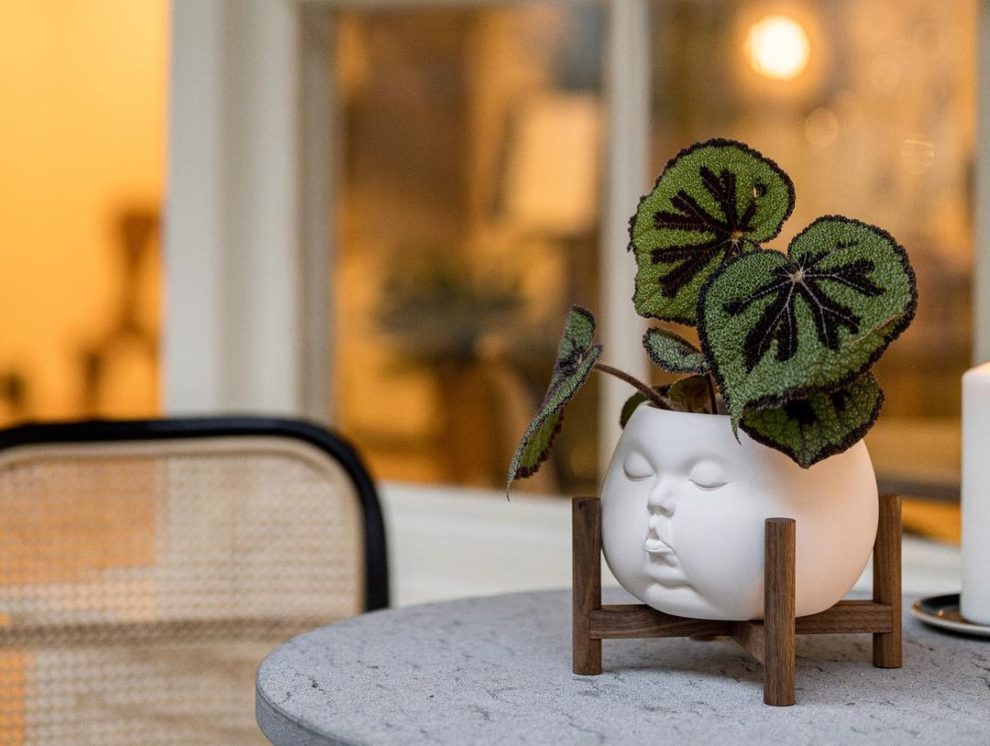Hong Kong-based artist Johnson Tsang has carved a niche for himself in the realm of ceramic, stainless steel sculptures, and public art installations. Known for marrying realistic artistry with elements of surrealism, Tsang‘s works often depict humanoid figures gracefully interacting with elements of fluidity and elasticity. His artistic productions are not just aesthetically pleasing but also carry layered meanings, often serving as compelling conduits for profound messages.
Early Years and Relationship with Clay
Tsang’s initial foray into the world of clay dates back to over 26 years ago. During emotionally trying times, including the illness and eventual loss of his mother, clay served as more than just an artistic medium—it became a form of solace. In an exclusive interview, Tsang recounted, “I remember the first time I held a pencil in 1964 when I was only 4. I started to draw a wooden clock in my grandma’s house instead of writing. Since then, my love for art has been unwavering.” As Tsang explains, sketching in the vacant spaces of textbooks during his school years was more than mere doodling; it was the nursery where his creative mind grew.
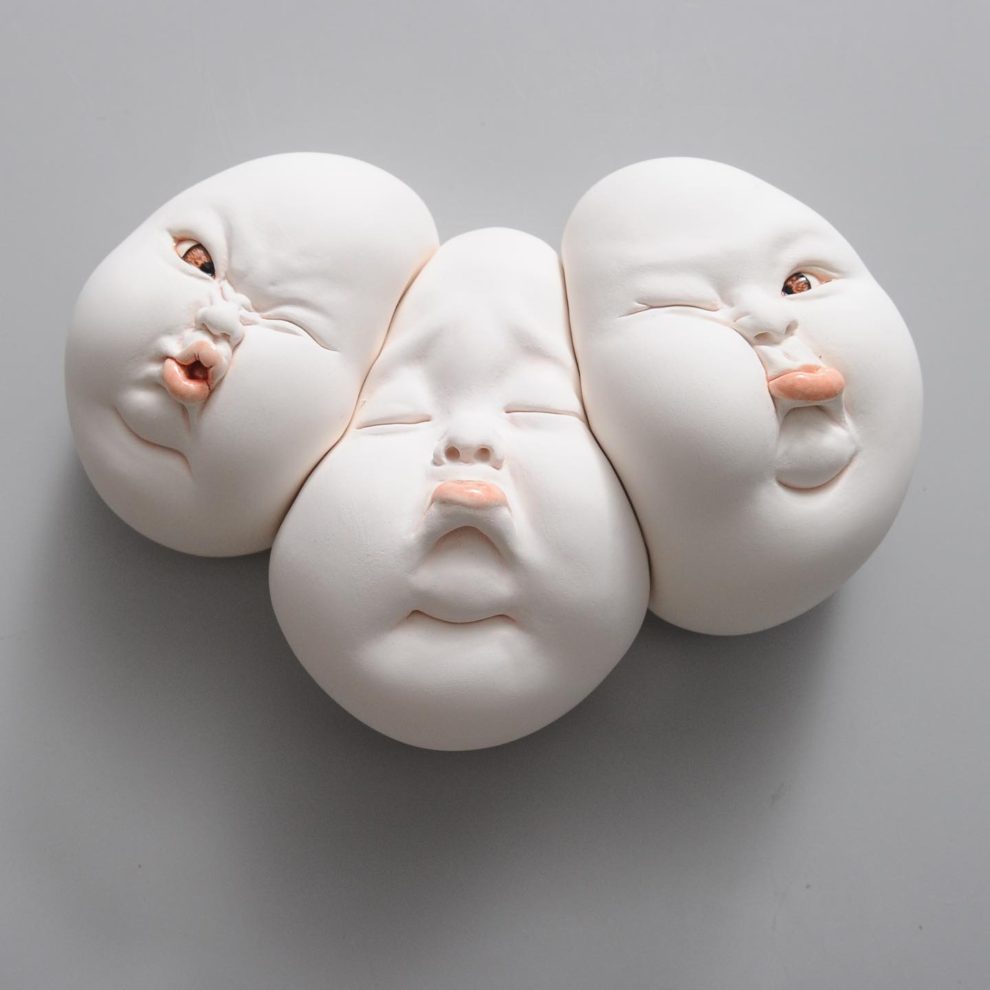
Artistic Responses to World Events
Johnson Tsang has a unique ability to turn his artwork into a form of commentary. His sculptures like “Survival” emerged as a response to natural calamities like the Wenchuan earthquake in Sichuan, China. Pieces such as “Make Tea, Not War!” and “Karma” were his means of artistic protest against the U.S. military involvement in Iraq. When asked how he chooses themes for his works, Tsang mentioned, “My creative mind is free from anything. Anything could be an inspiration. Sometimes, inspirations come from nowhere or even from totally nothing. They just keep visiting me anytime they like.”
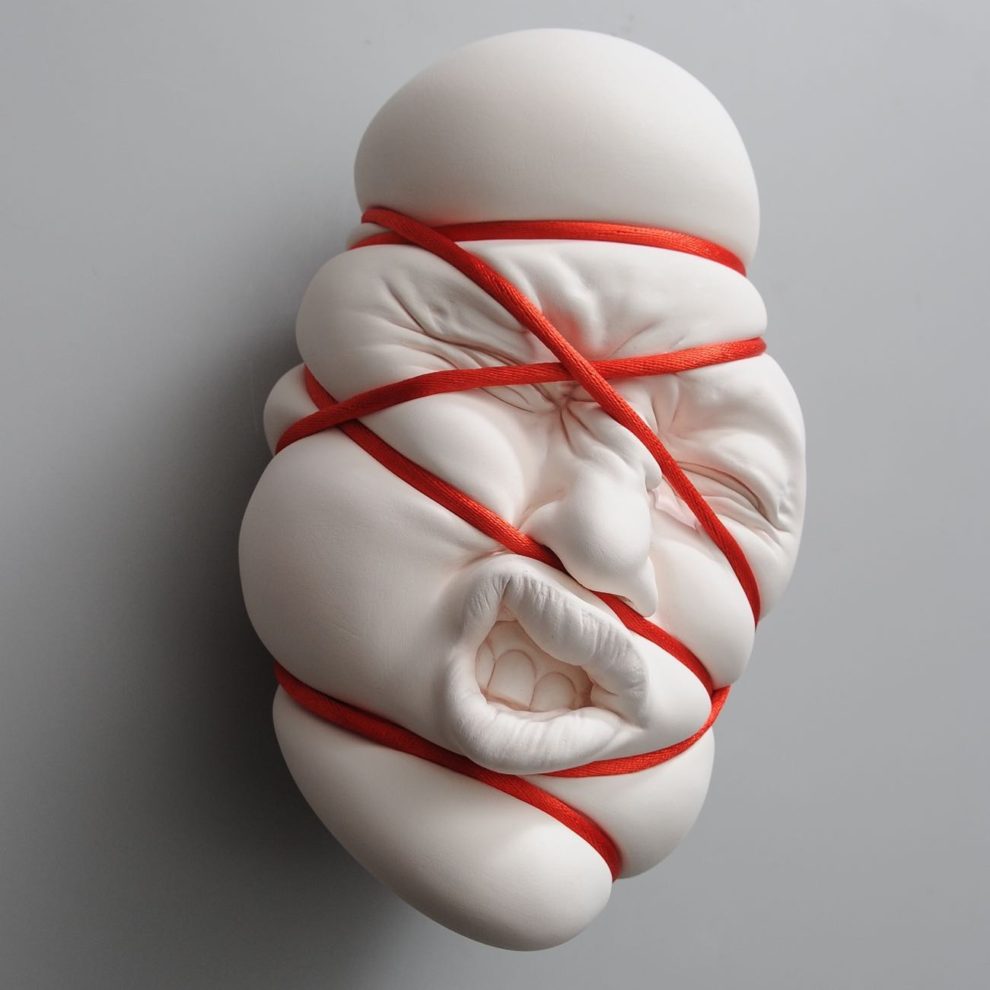
Global Recognition and Exhibitions
His artistry has crossed borders, gracing galleries in Hong Kong, Taiwan, Korea, Spain, and Switzerland. As a result, Tsang’s works are highly esteemed, finding homes in museums and private collections globally.
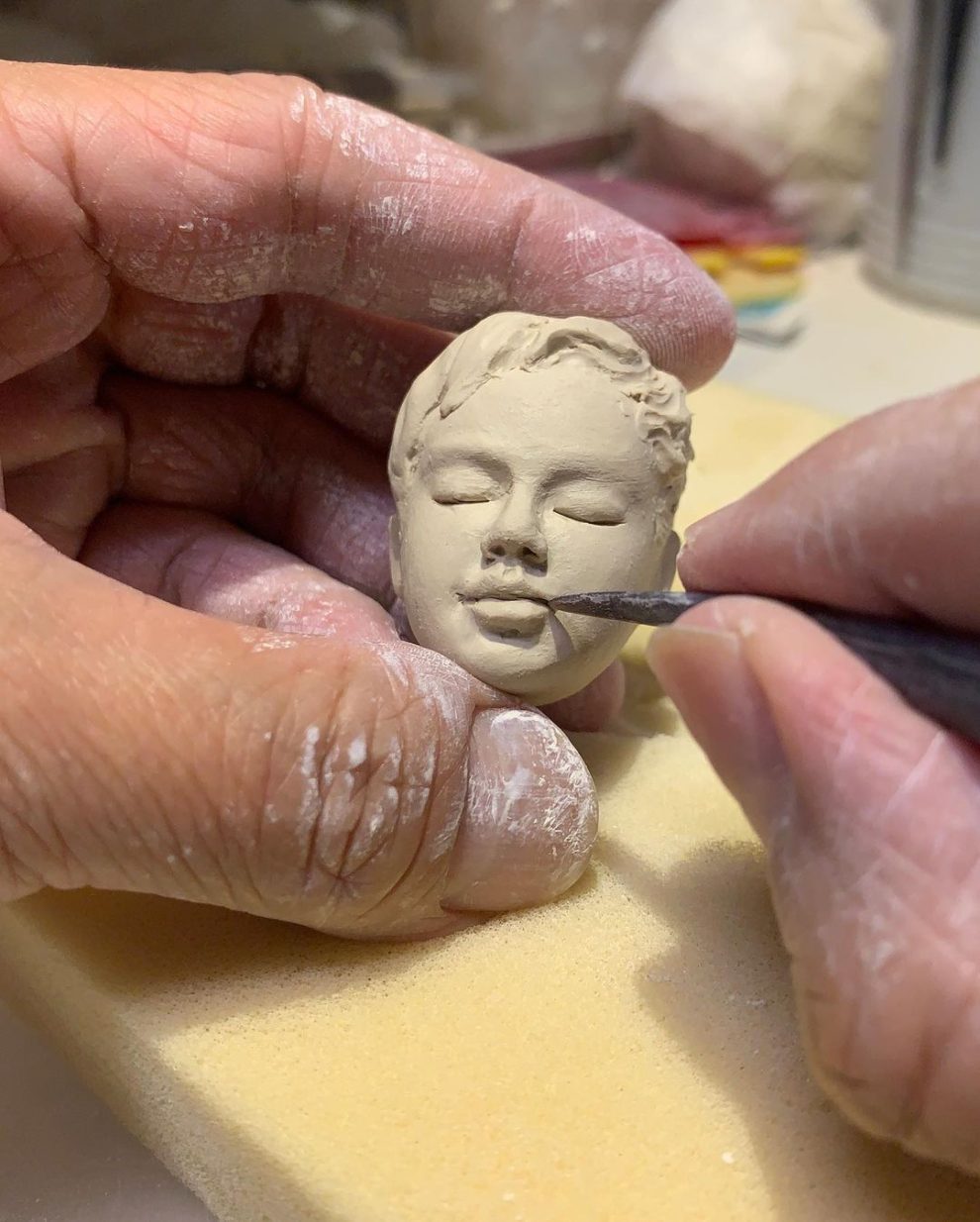
Distinctive Features and Techniques of Tsang’s Works
Johnson Tsang’s porcelain sculptures serve as studies in contrasts, balancing dream-like compositions with vividly lifelike aesthetics. During the interview, when questioned about his creative process, Tsang clarified, “Working with clay is always a challenge for many of us. Getting to know its weaknesses and abilities is crucial. I use techniques like slab building to maintain an even thickness across the clay body. This reduces the risks of cracks or falling apart.”
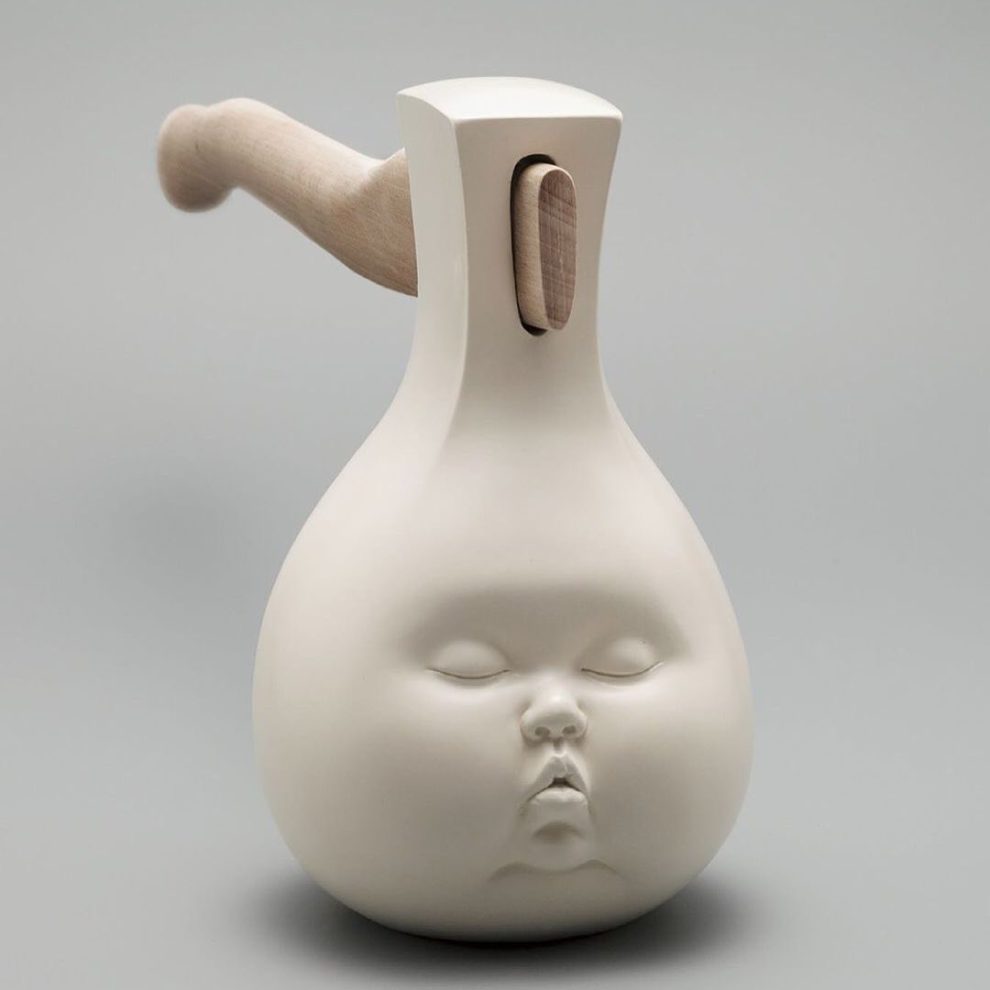
Political Undertones in Tsang’s Art
Tsang doesn’t shy away from using his art for political satire or social commentary. A case in point is his 2015 work “Security Summit,” which featured porcelain babies in military attire surrounding a naked cherub. This piece effectively critiques societal and political definitions of ‘security.’ Tsang explained that such concepts often emerge in states akin to meditation. “Thanks to having practiced meditation for years, I can enter this creative state anywhere and anytime I want. In this mental space, which I call ‘Imagine Nation’, I can visualize in 3D, interact with elements, and even receive guidance for my work.”
Art as a Reflection of Inner Self
Johnson Tsang believes that the act of creating art is reciprocal. “As I shape the clay, it also shapes my subconscious and reveals my true self,” he said during the interview. This intrinsic relationship between the artist and his medium makes each piece not just a work of art but also a window into the artist’s soul.
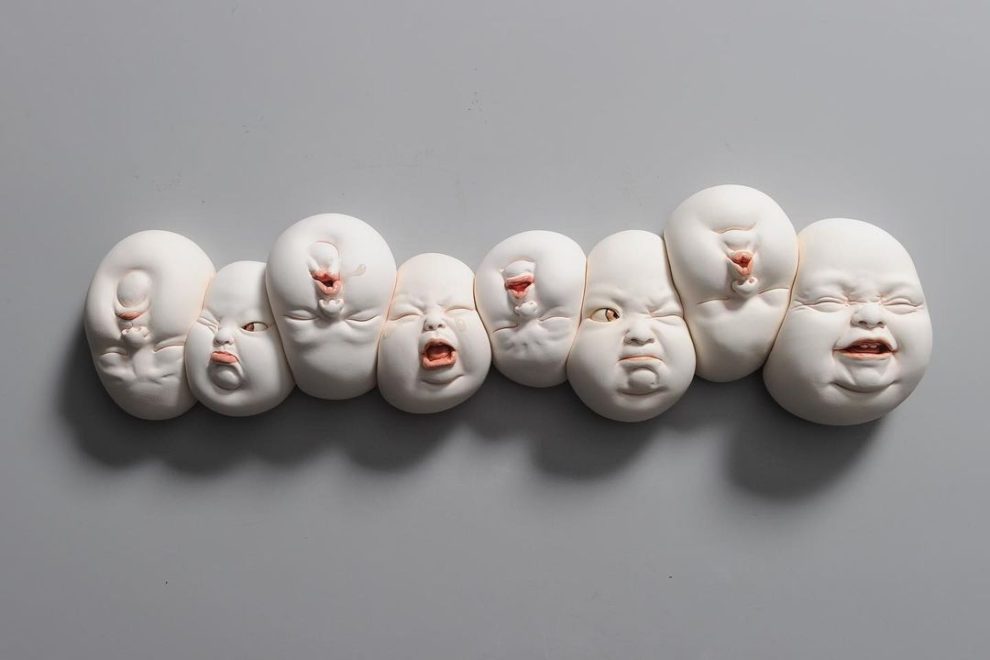
The art of Johnson Tsang serves as a melting pot of various elements—realism, surrealism, personal experiences, and a reaction to global events. His masterful use of materials, combined with intricate techniques like slab building, results in works that are both technically sound and emotionally evocative. Drawing from personal experiences, mindfulness practices, and a keen sense of social and political awareness, Johnson Tsang continues to contribute significantly to the world of art. His works don’t just captivate the eye but also provoke thought, fulfilling the highest purpose of art.
